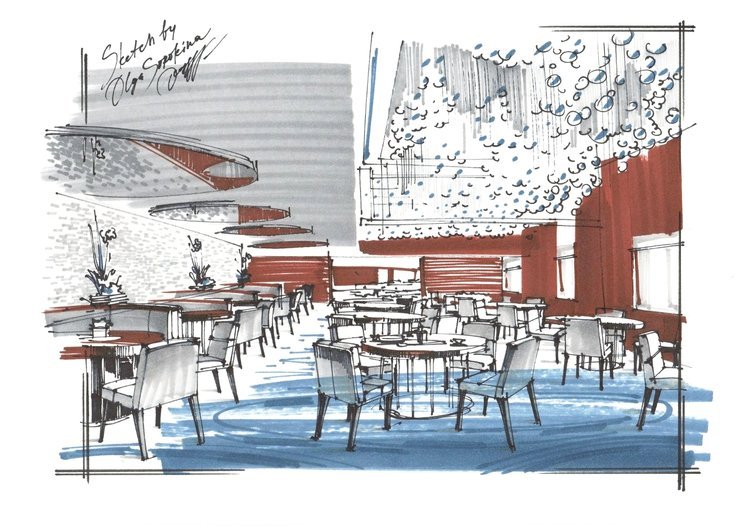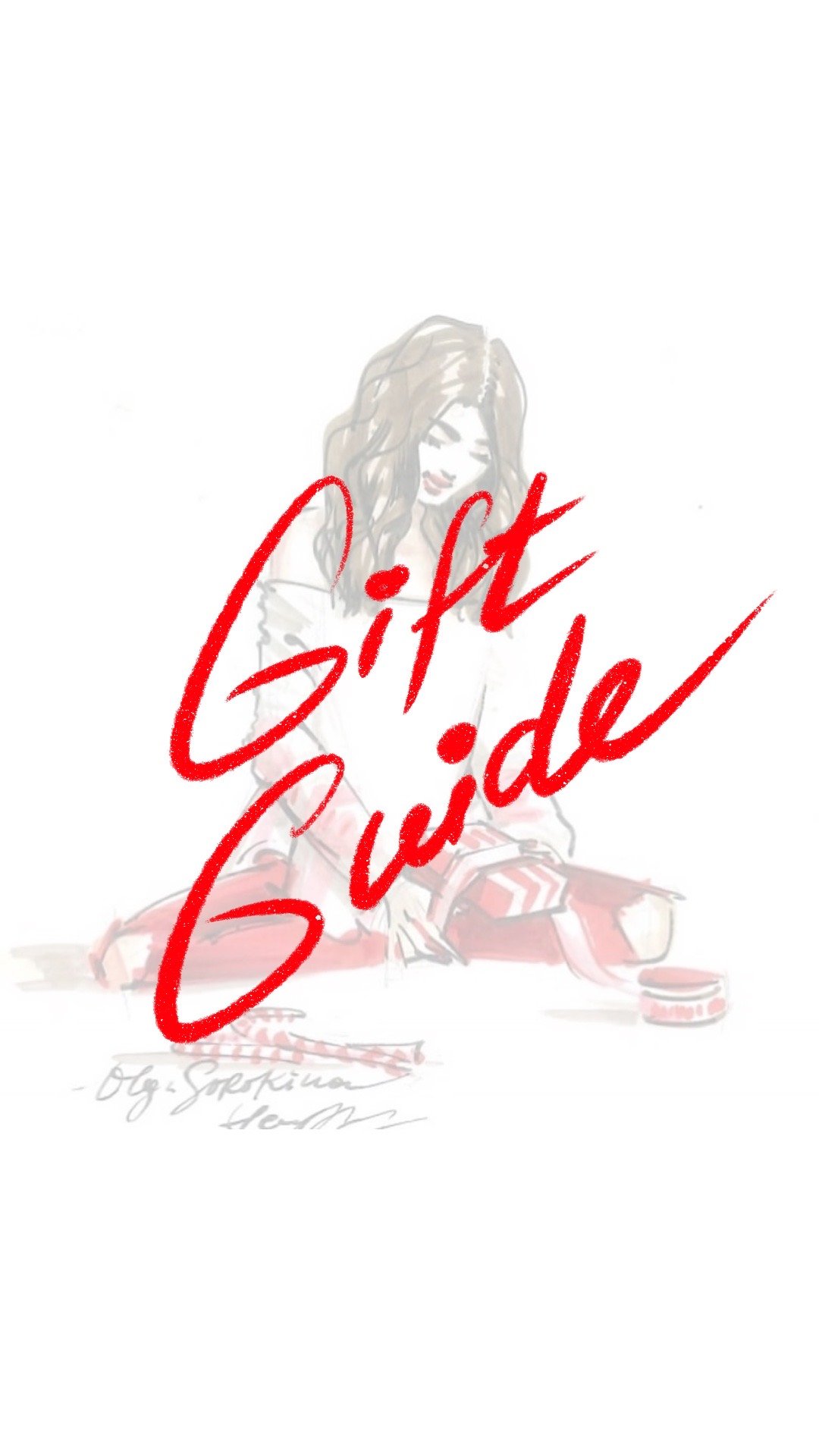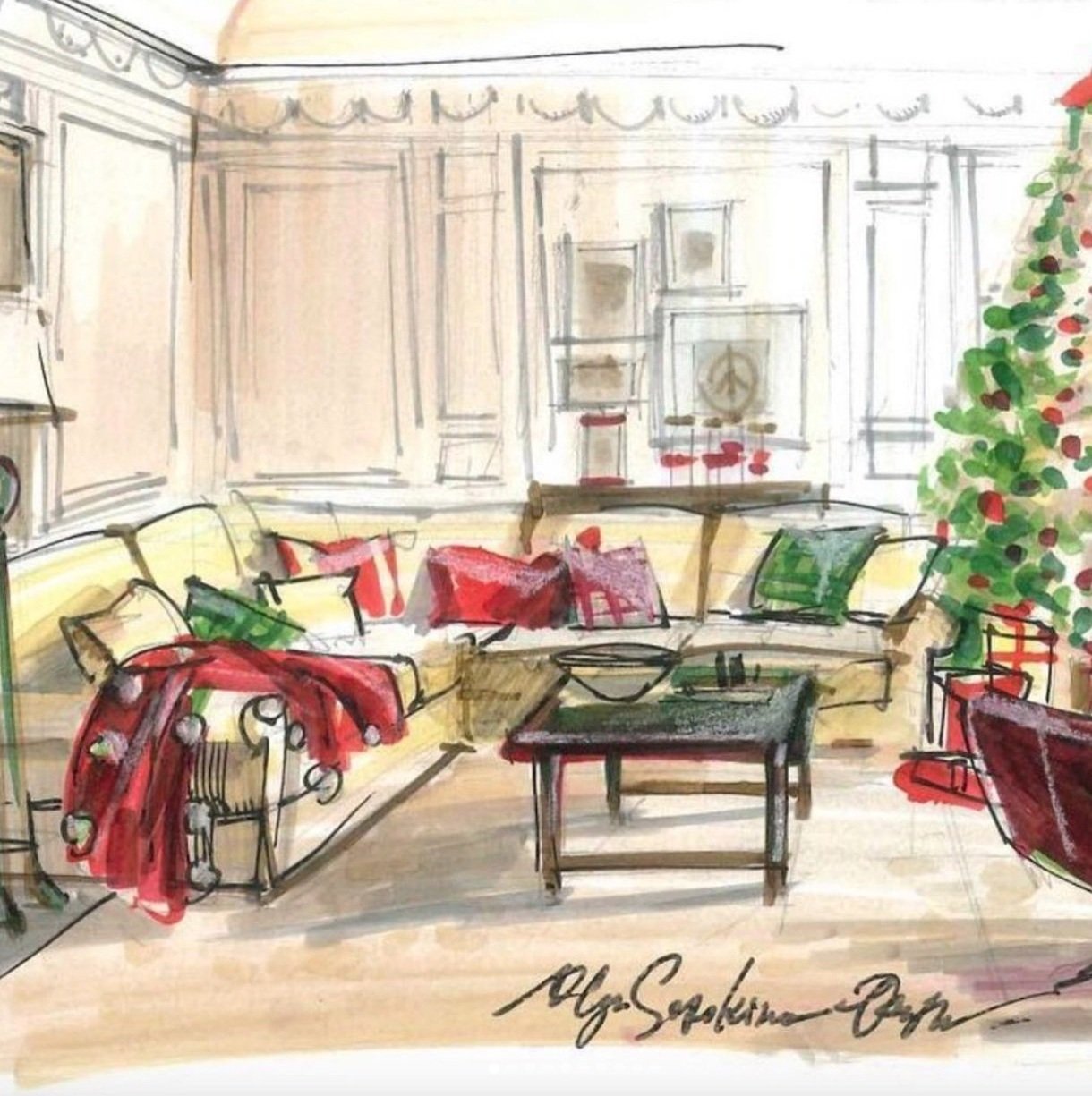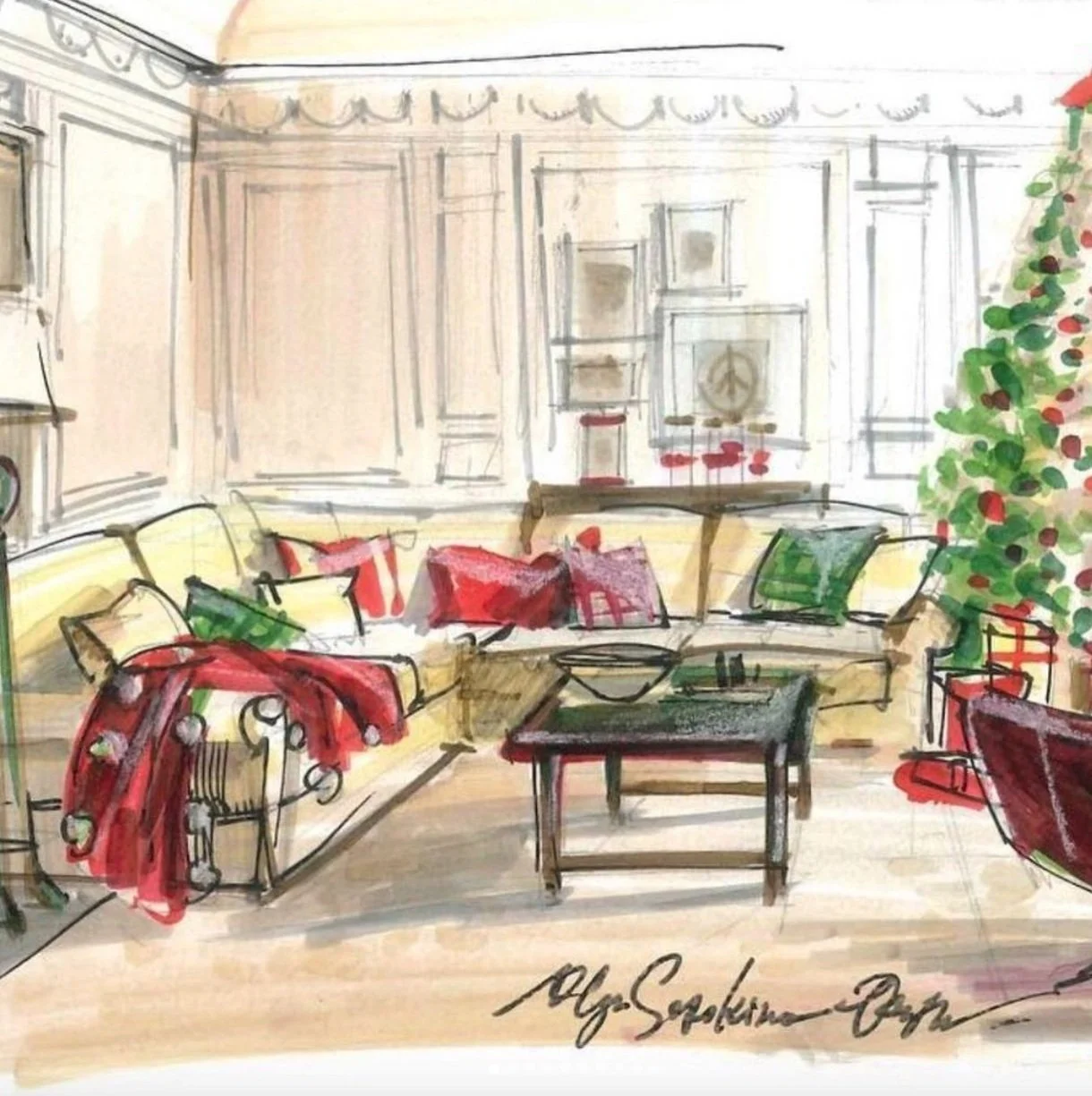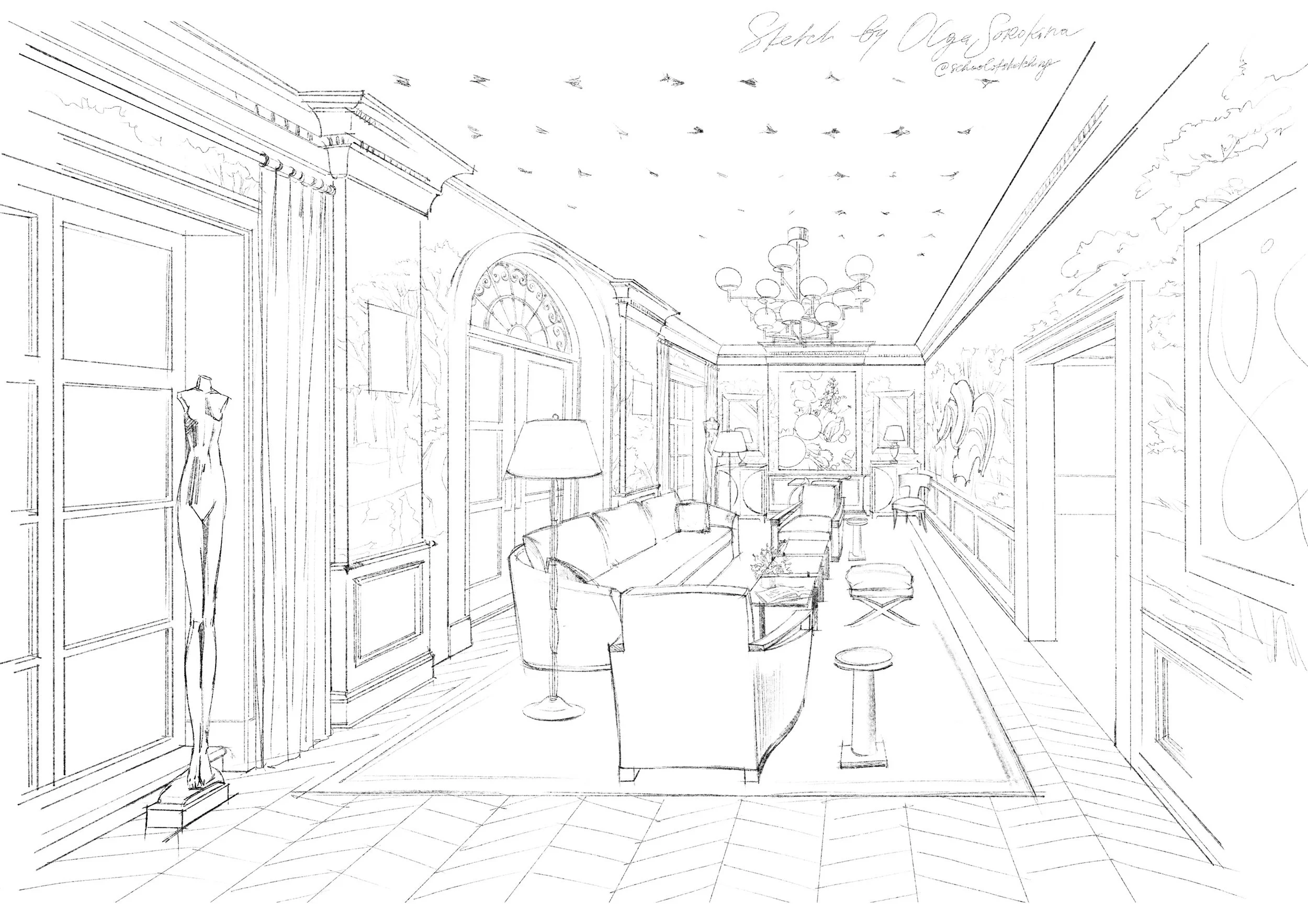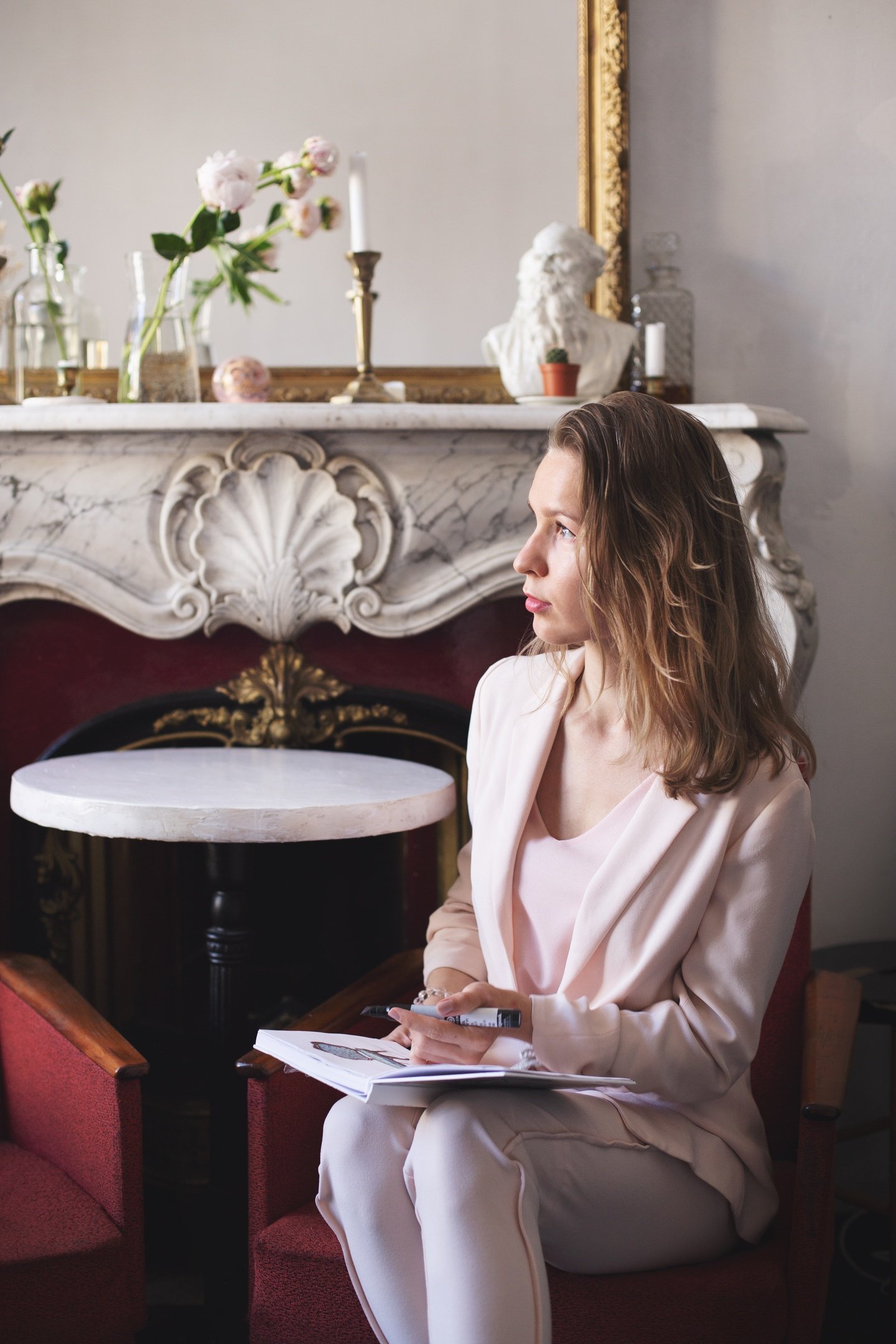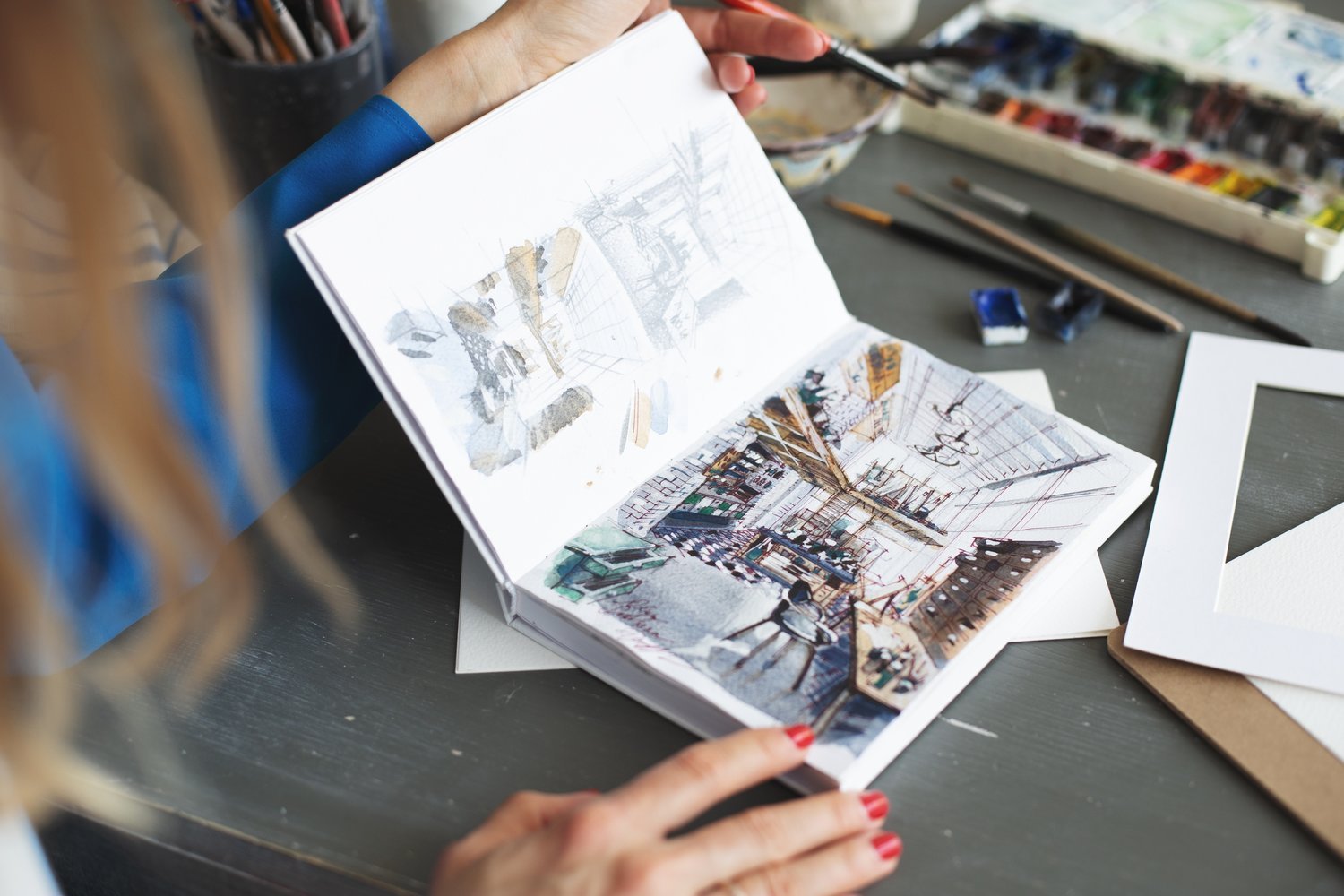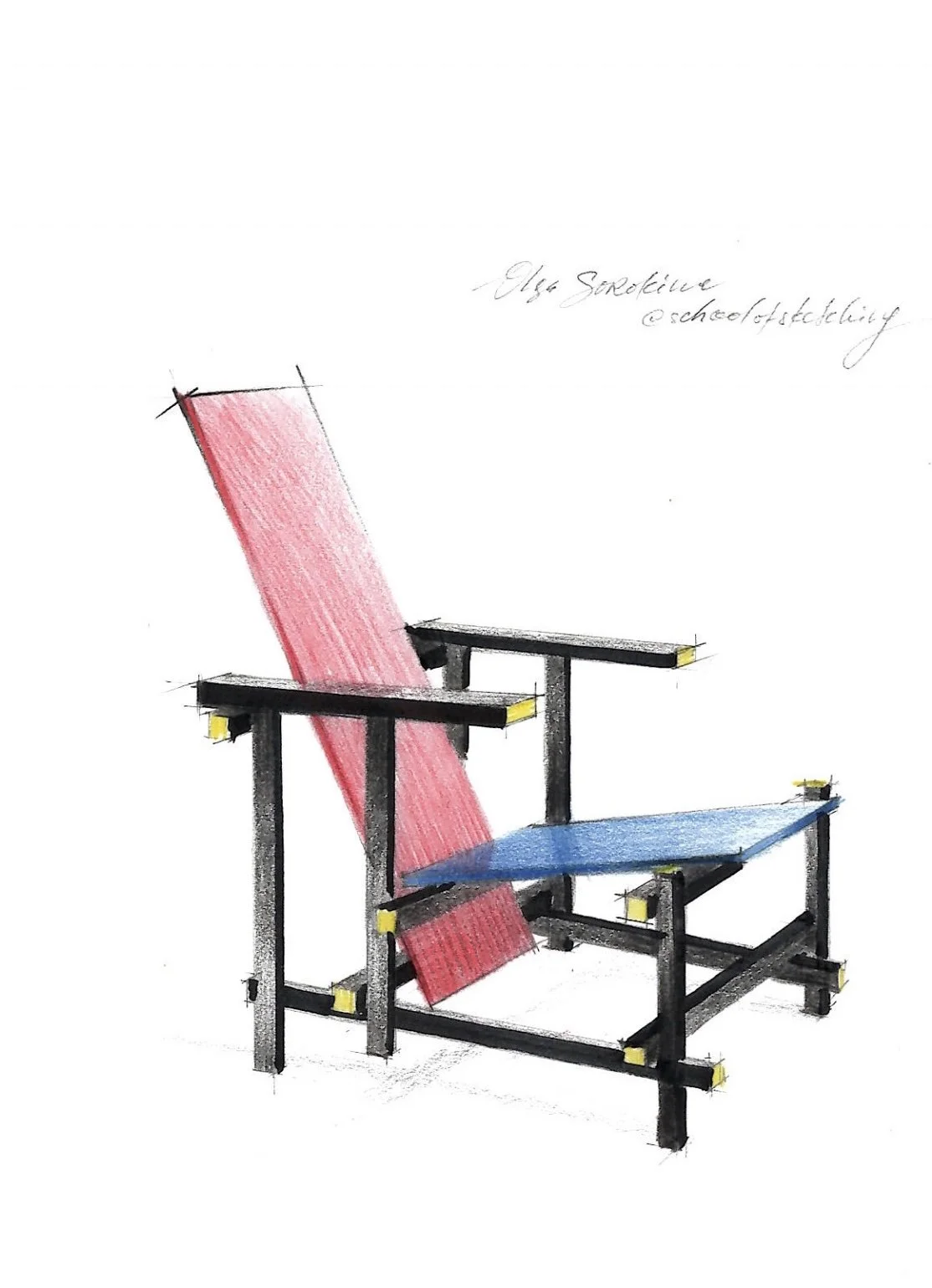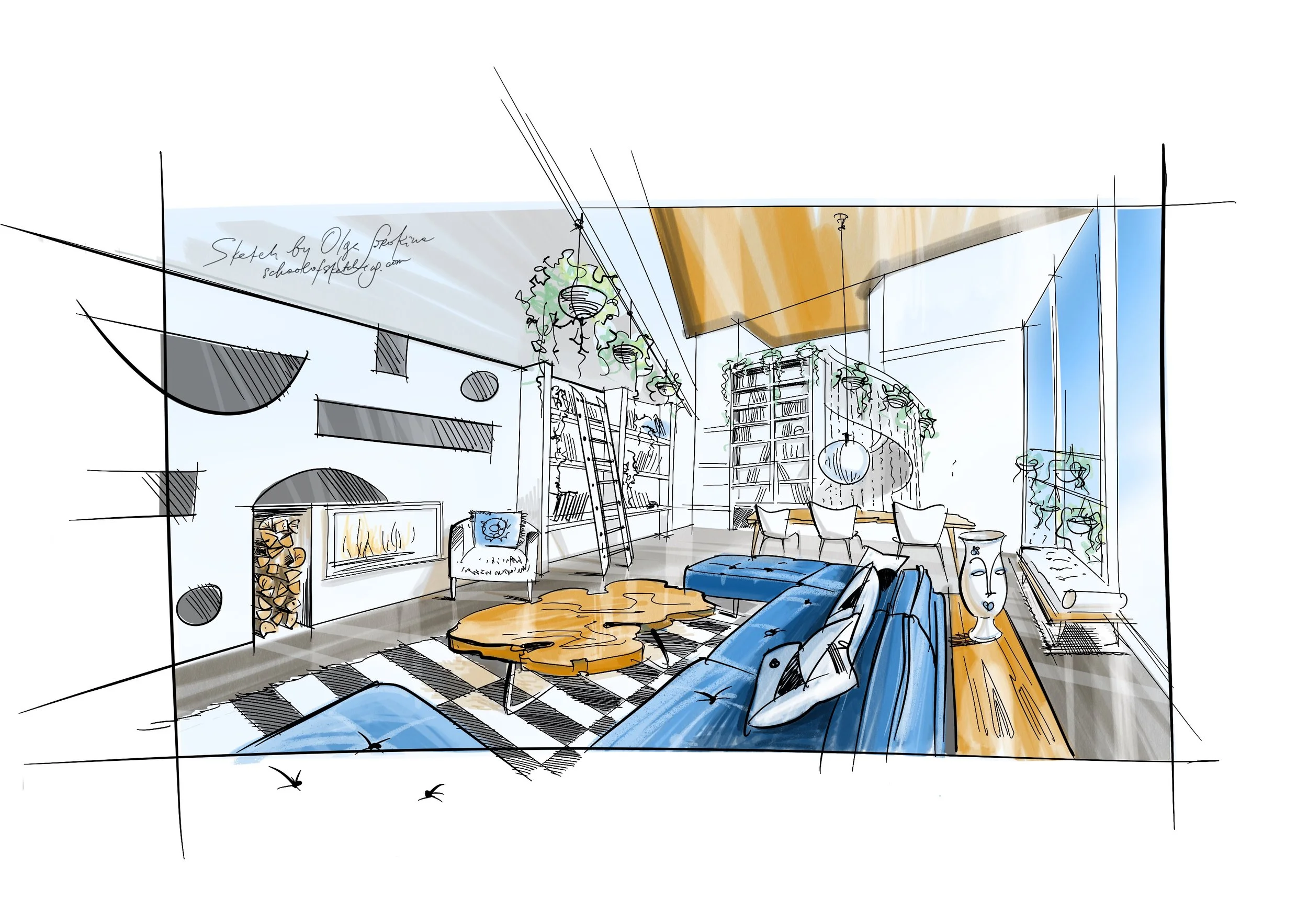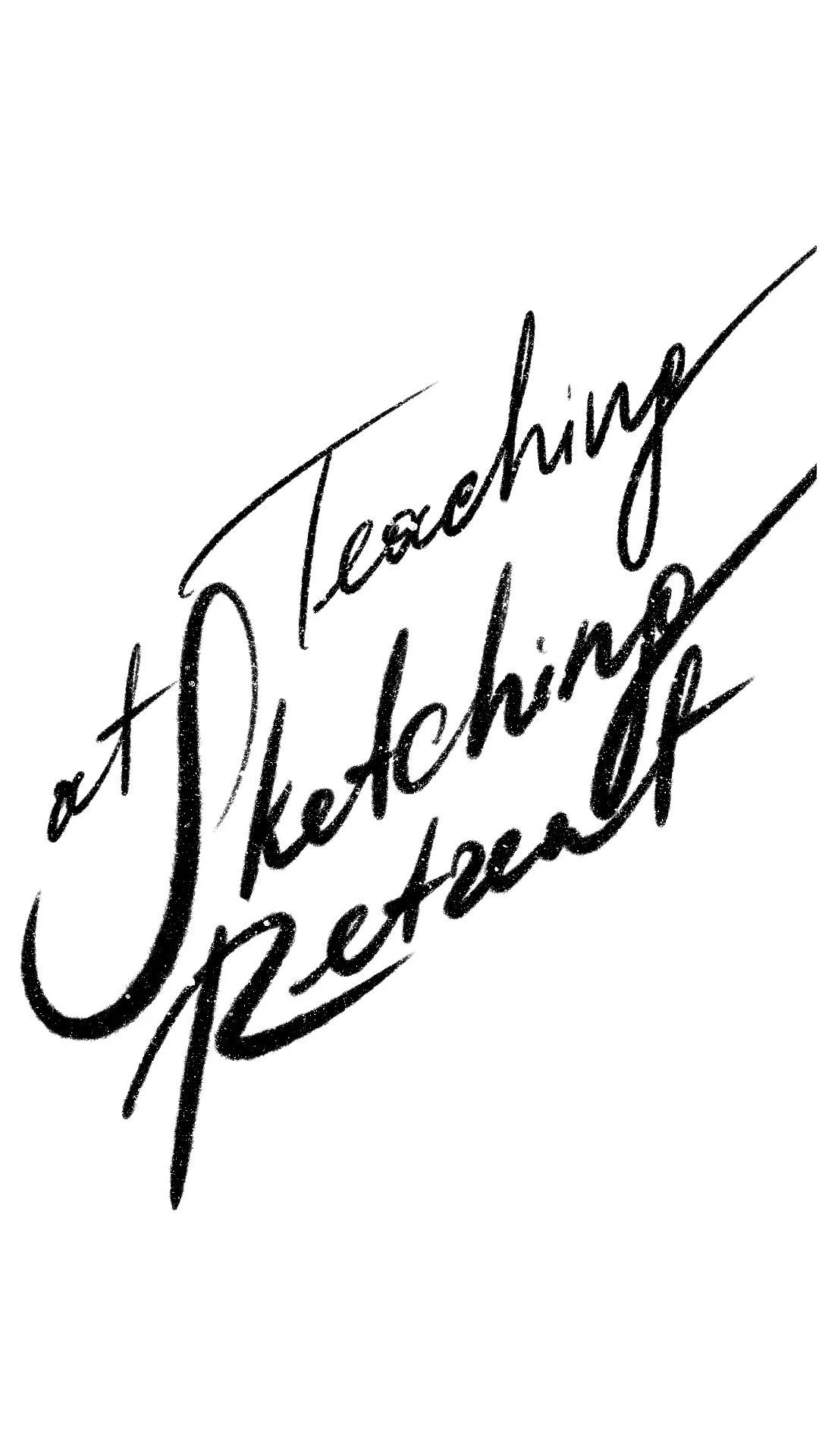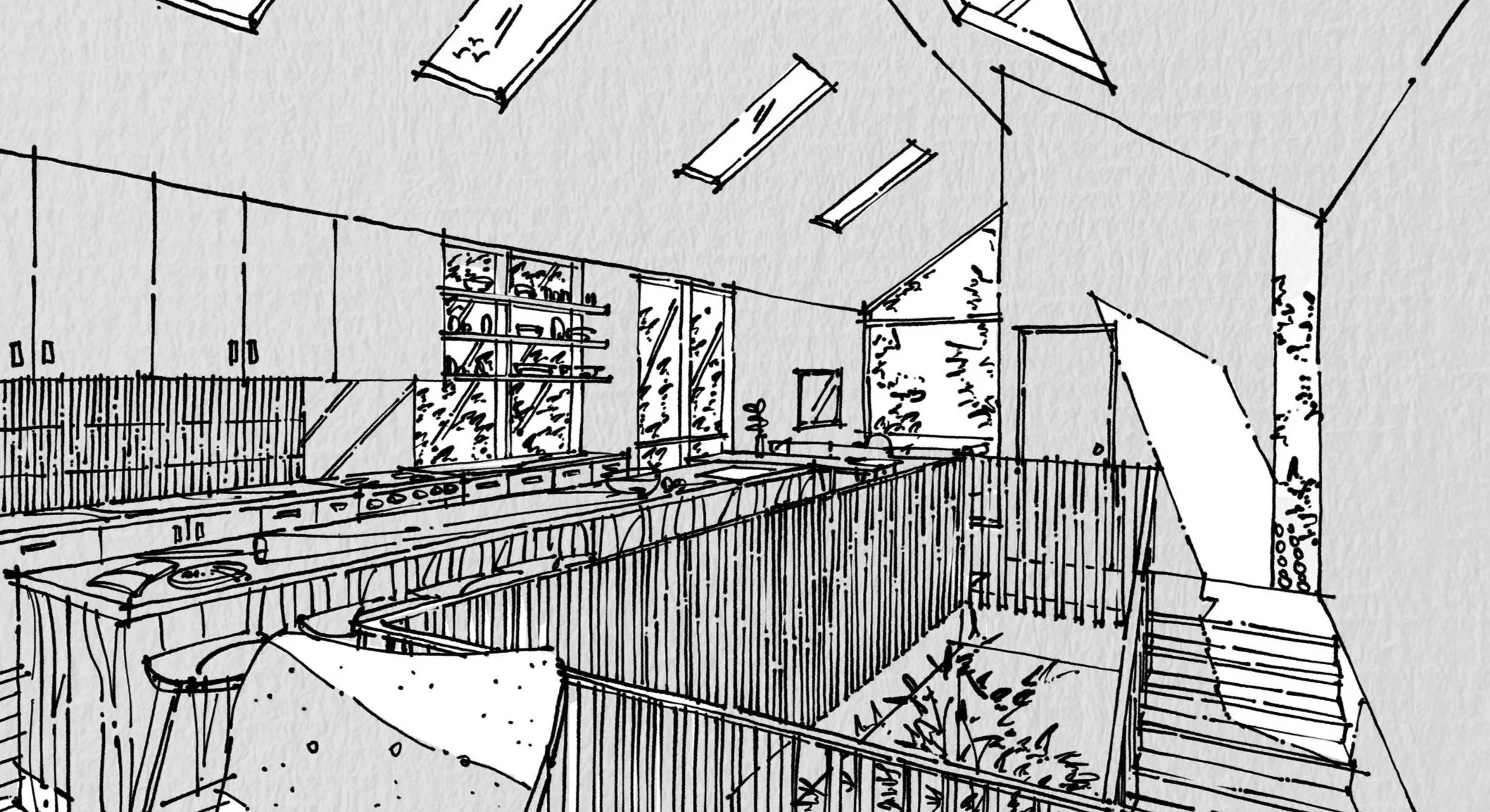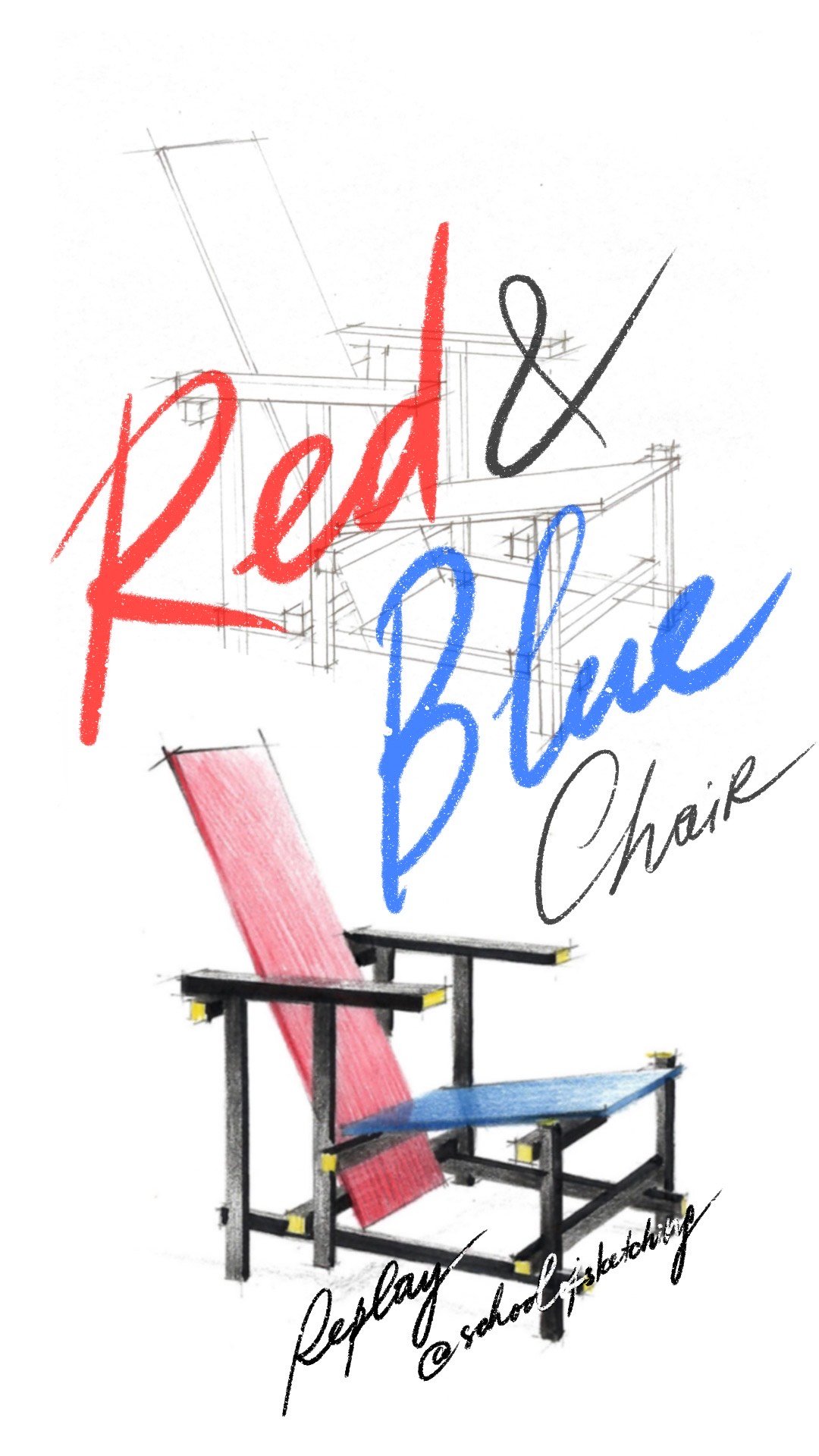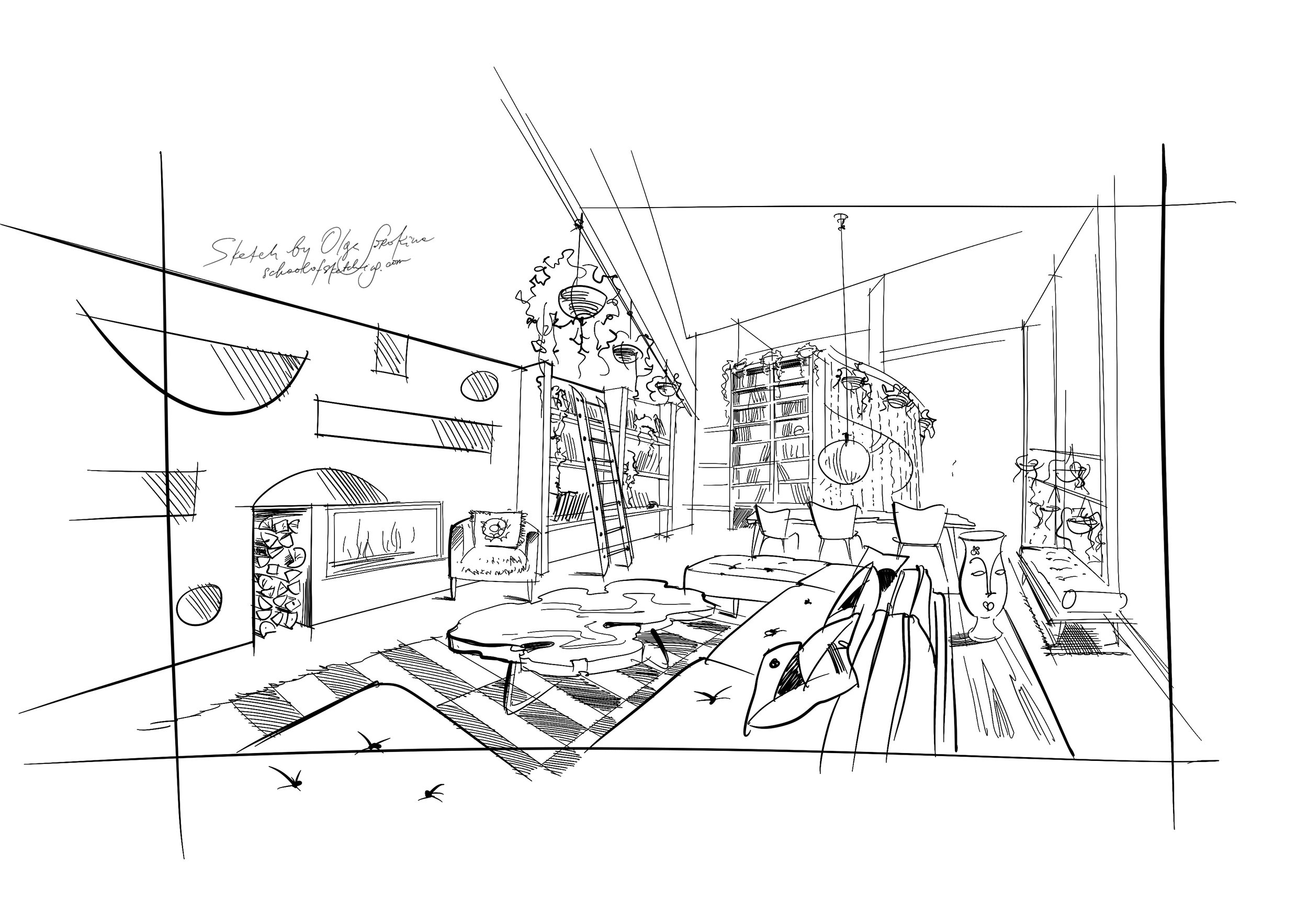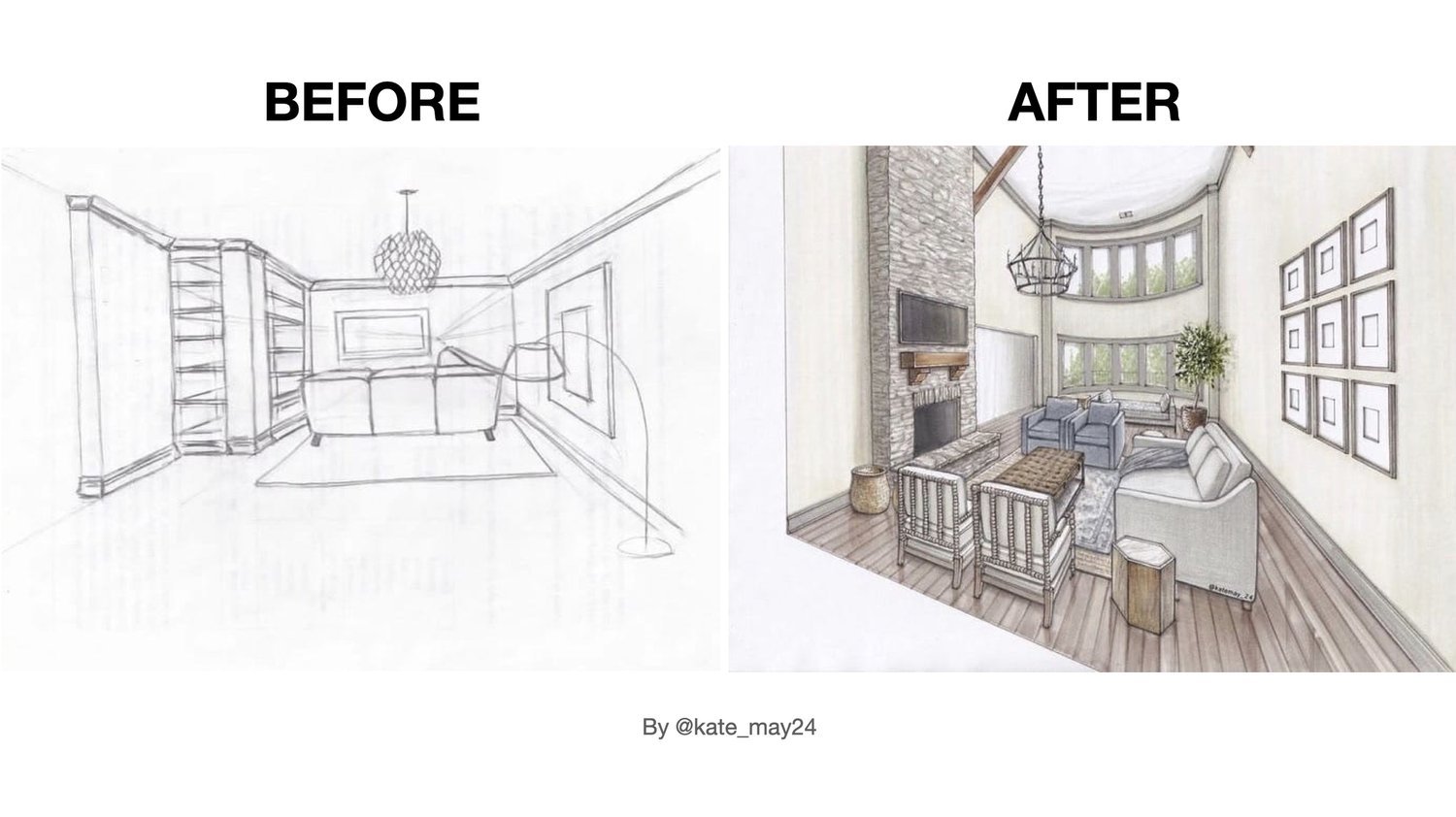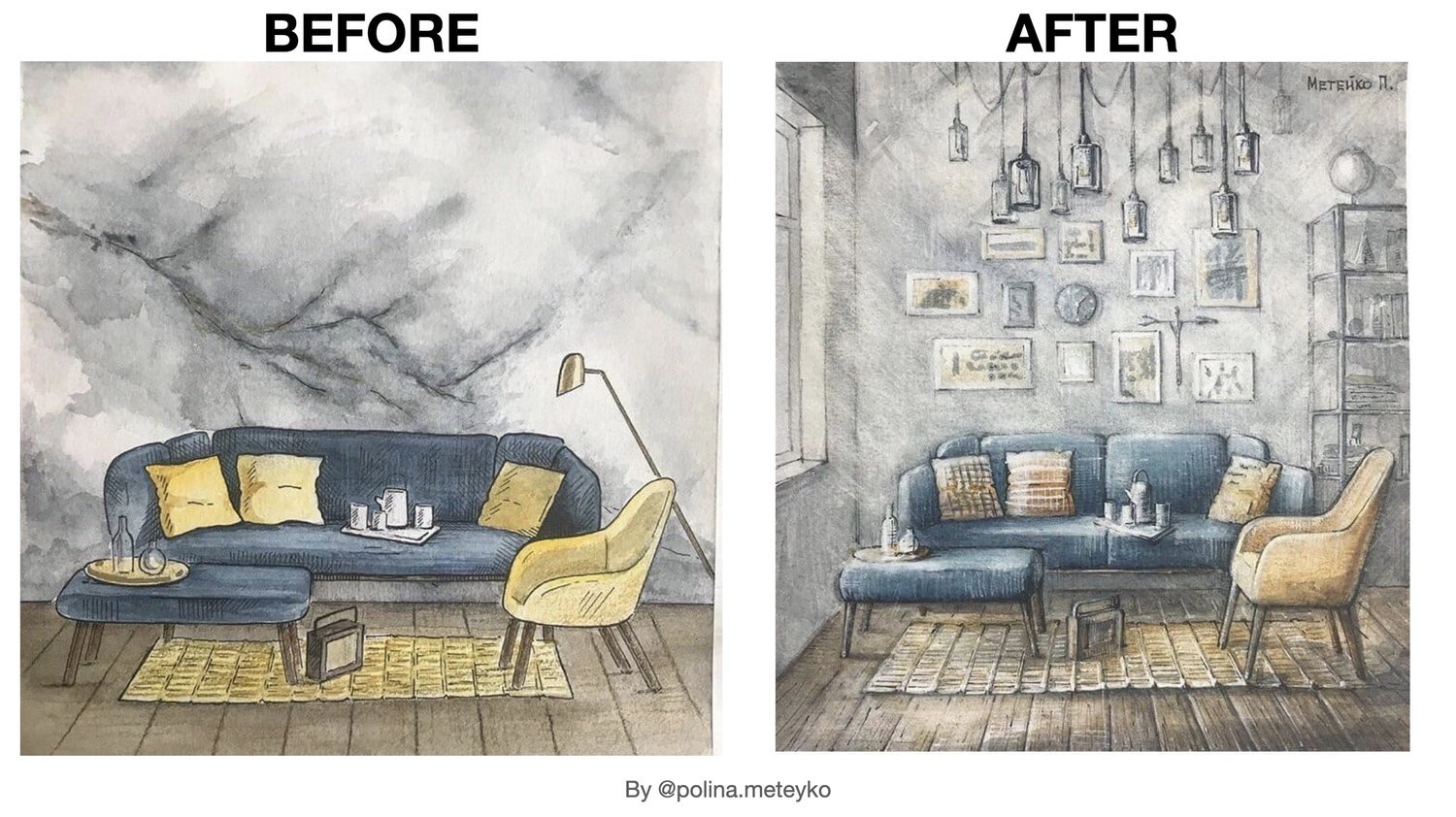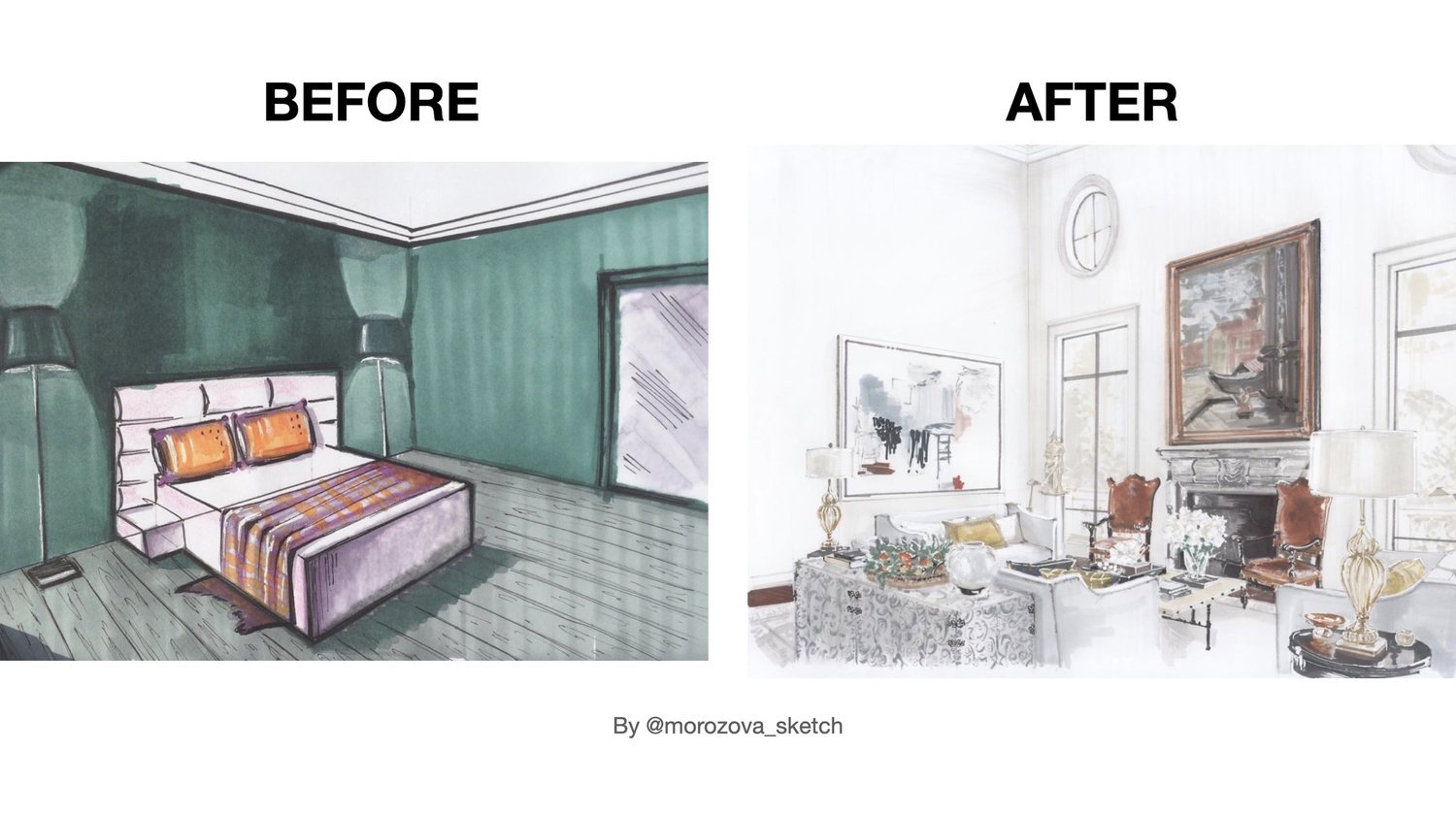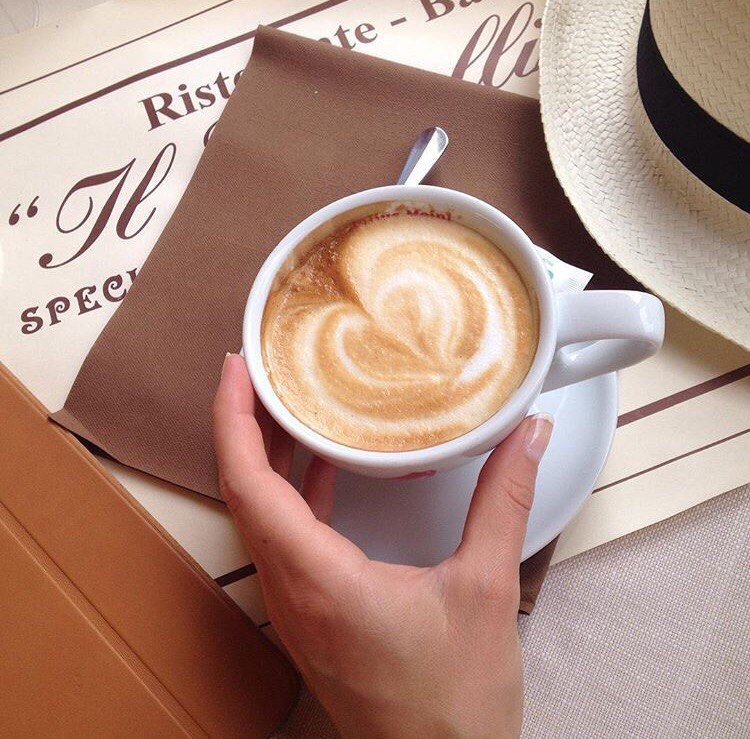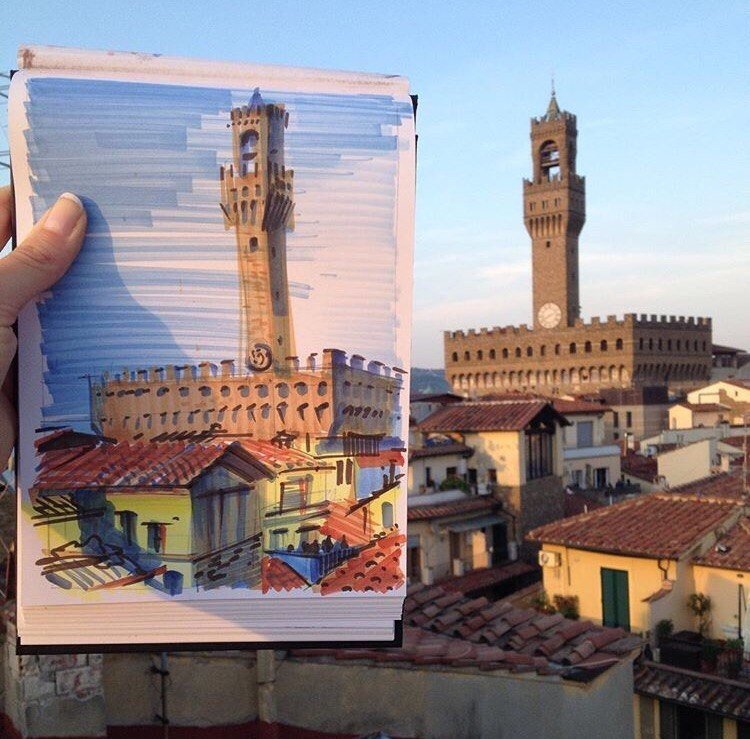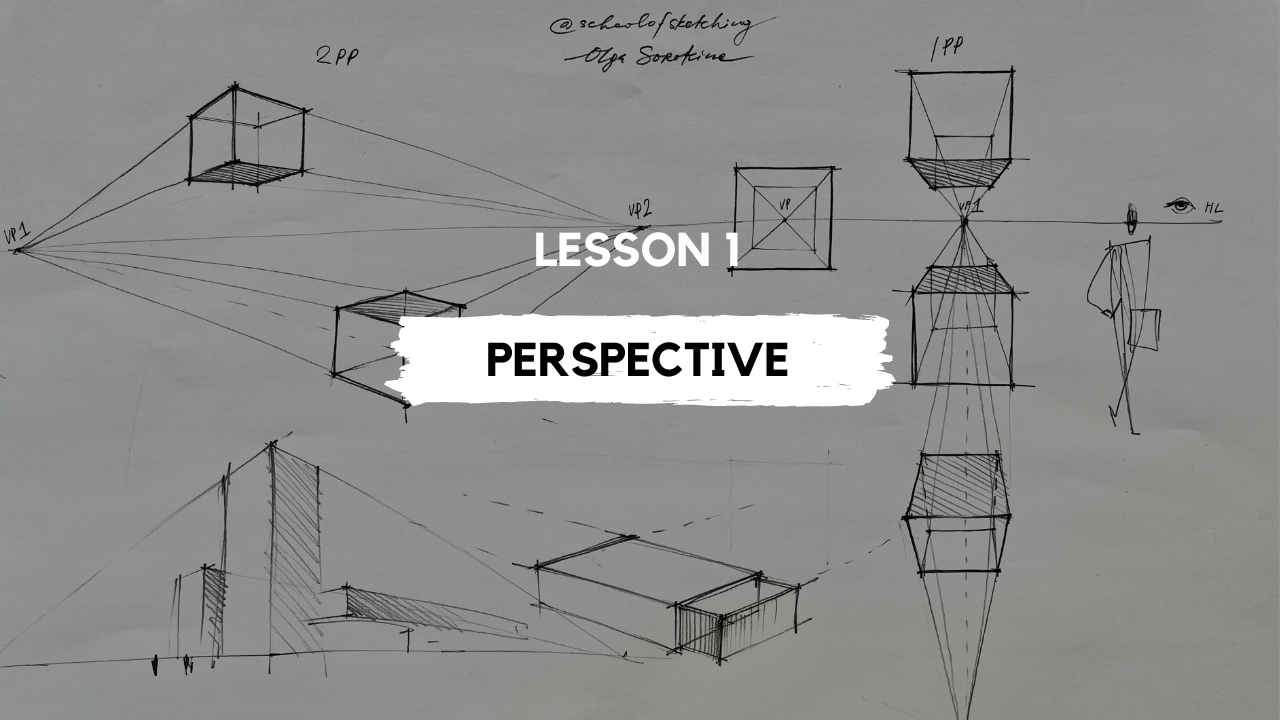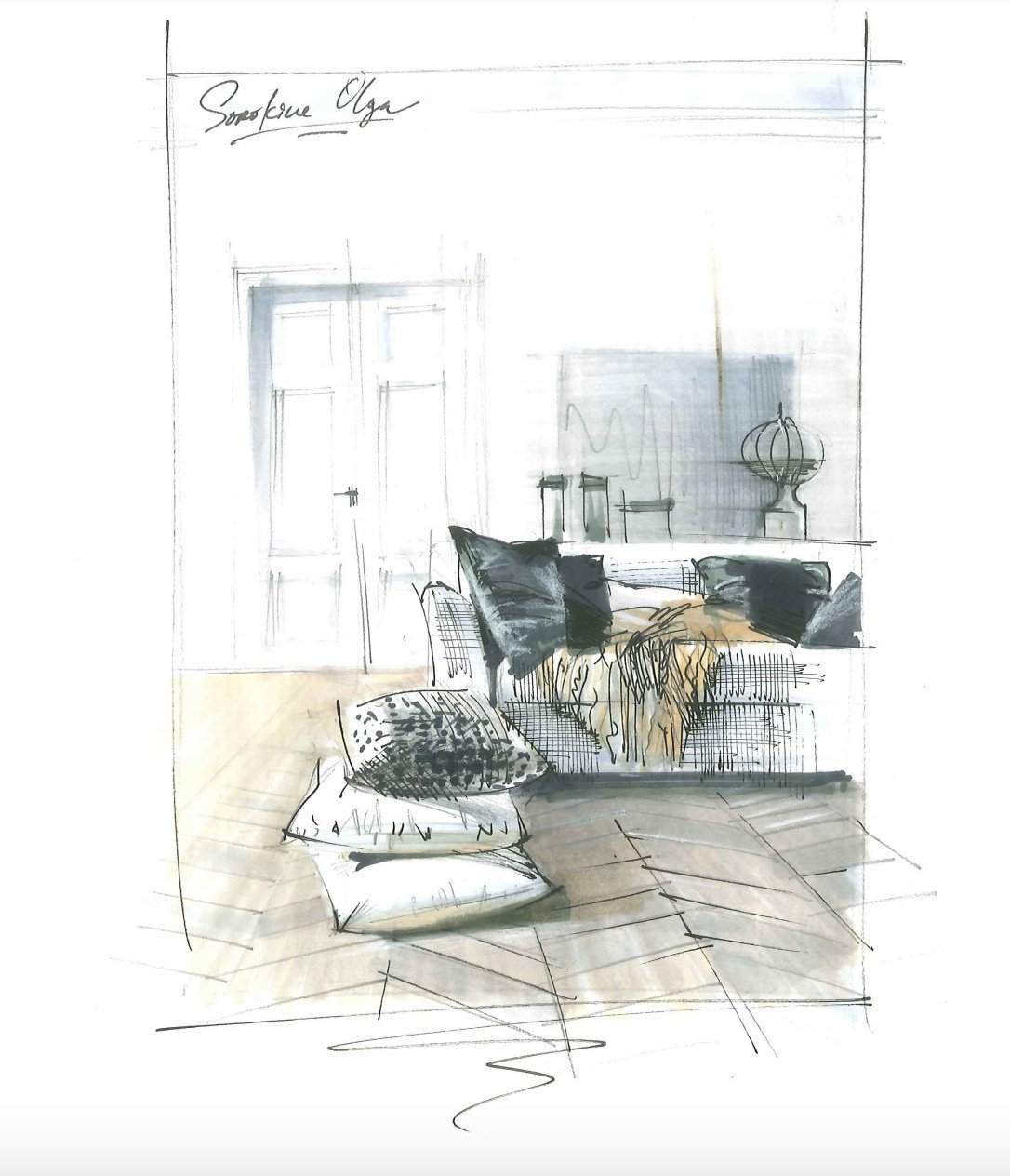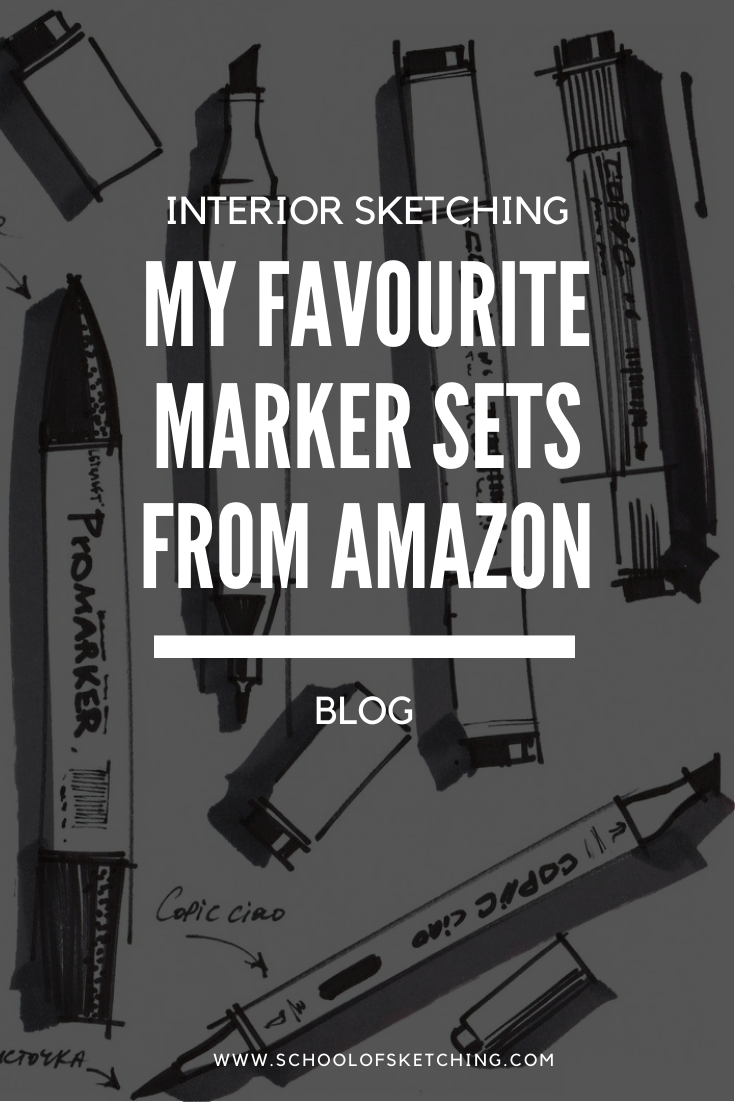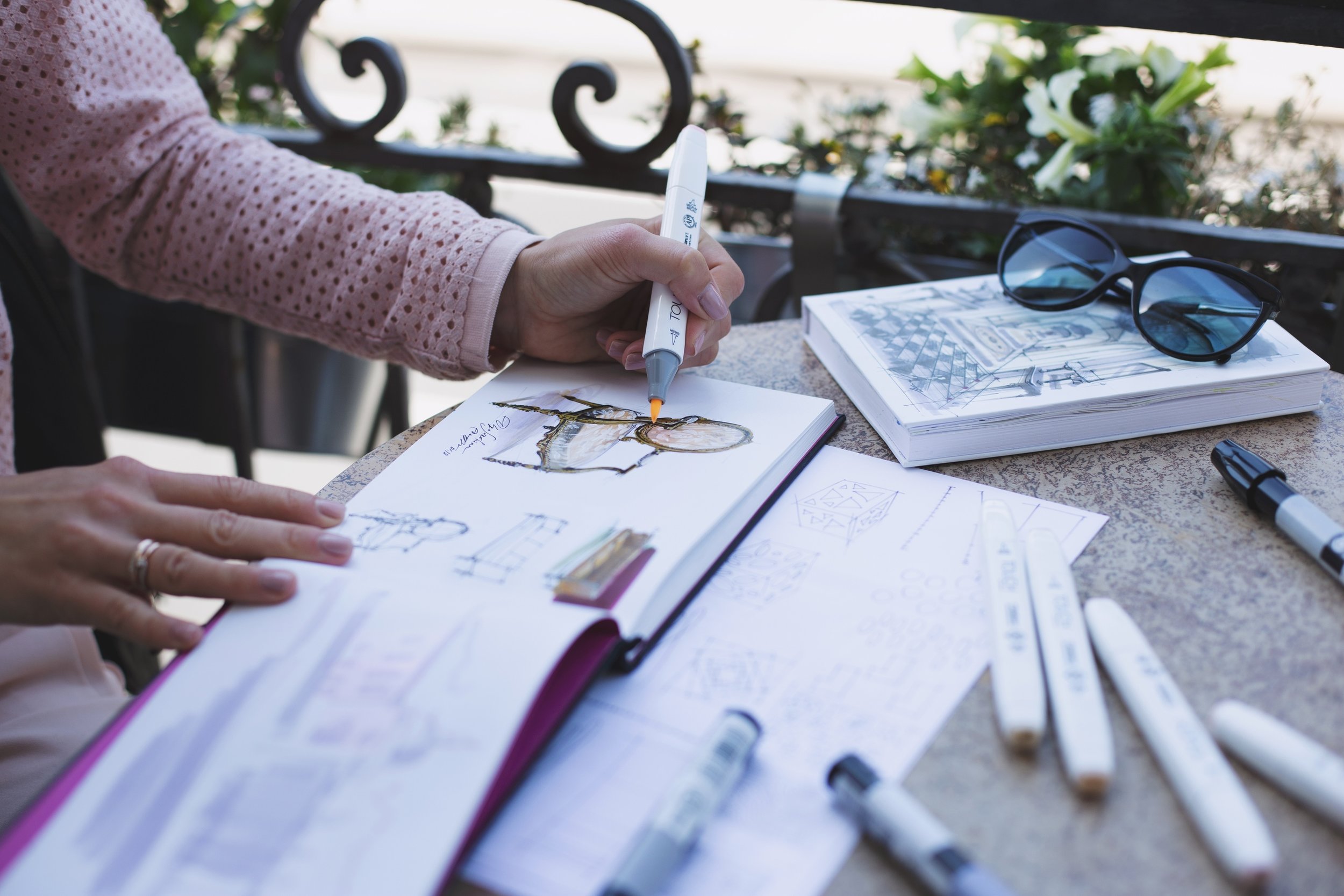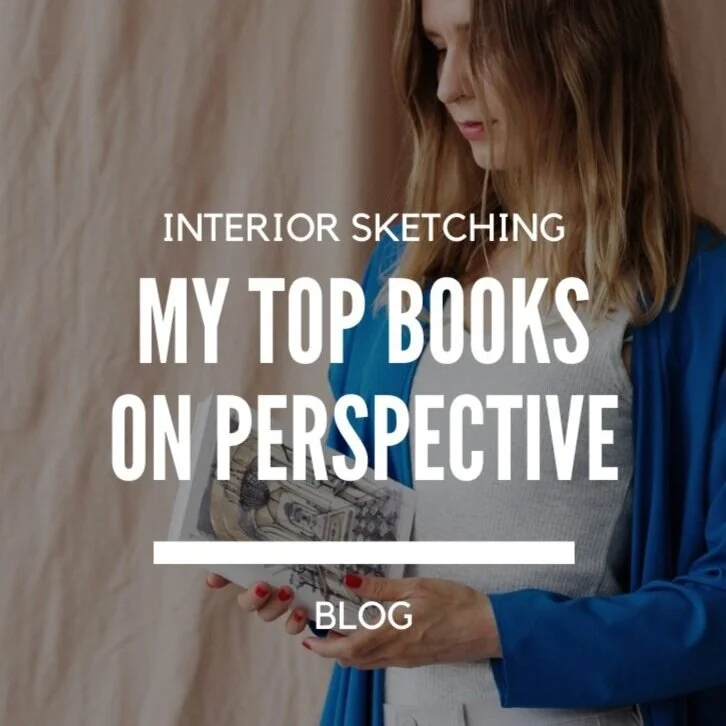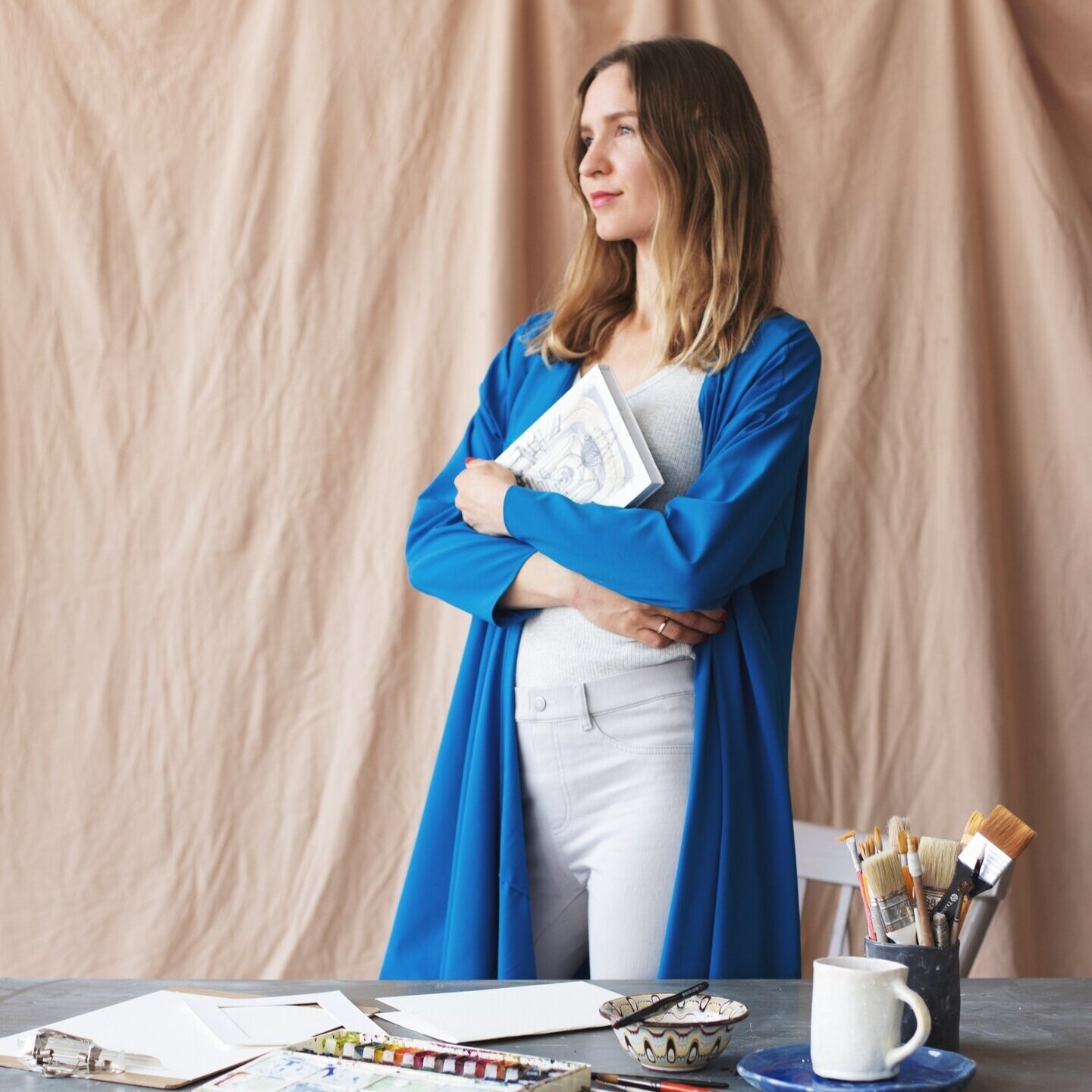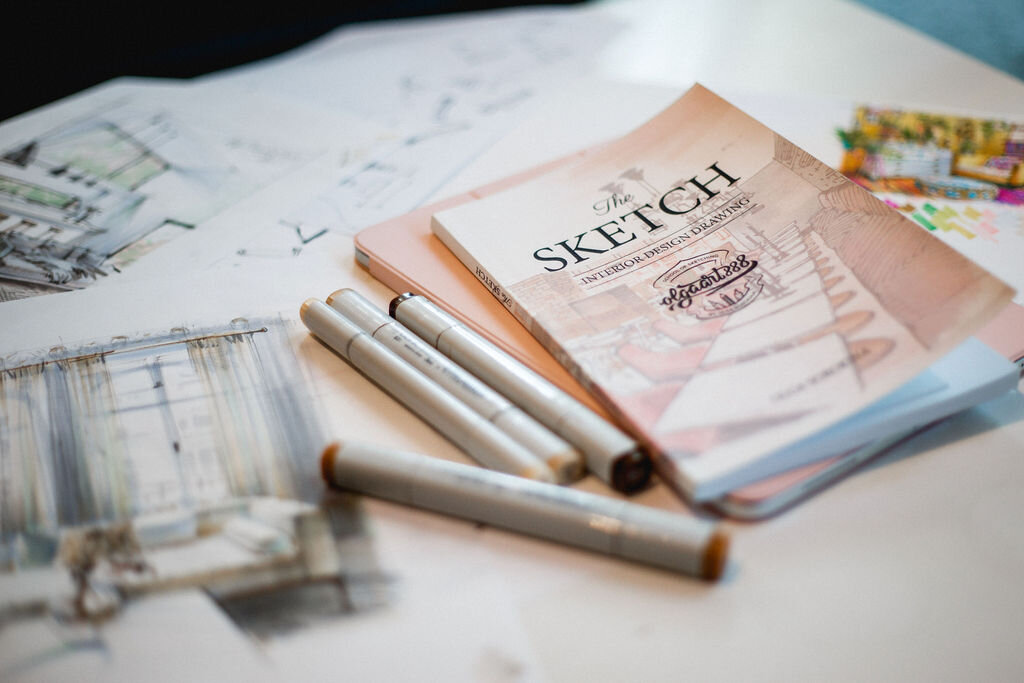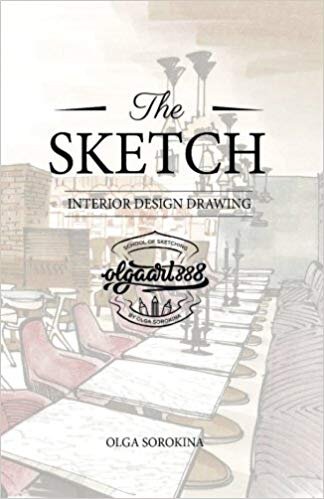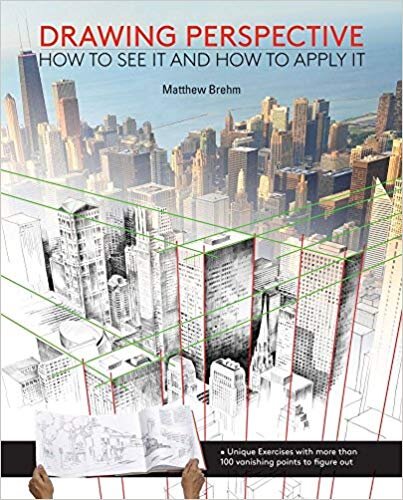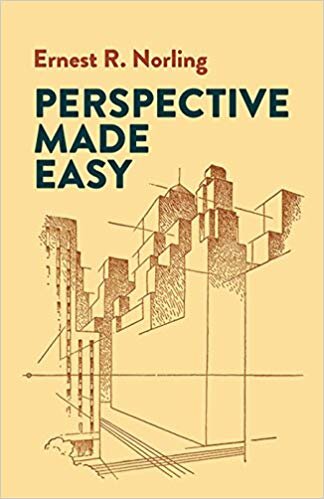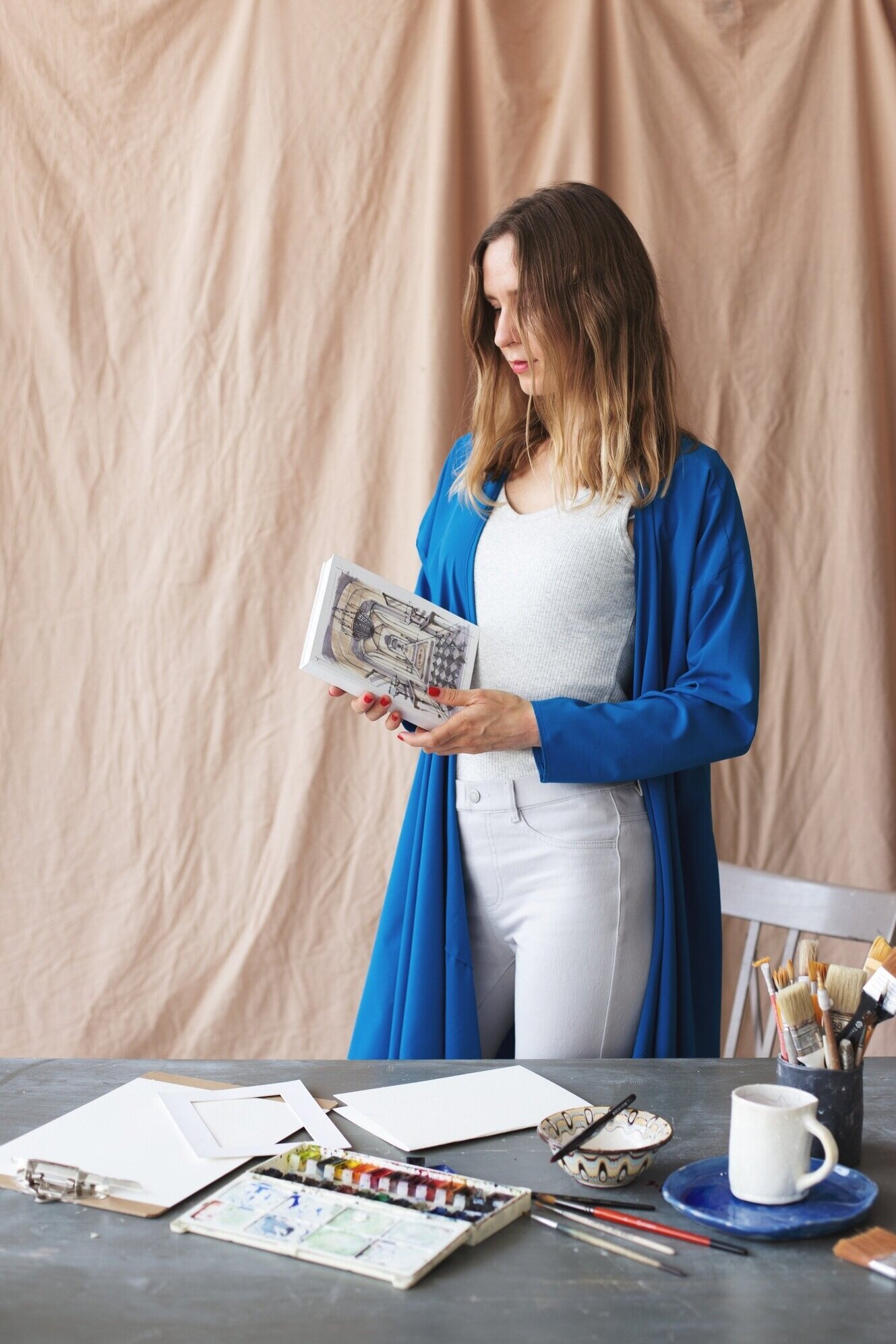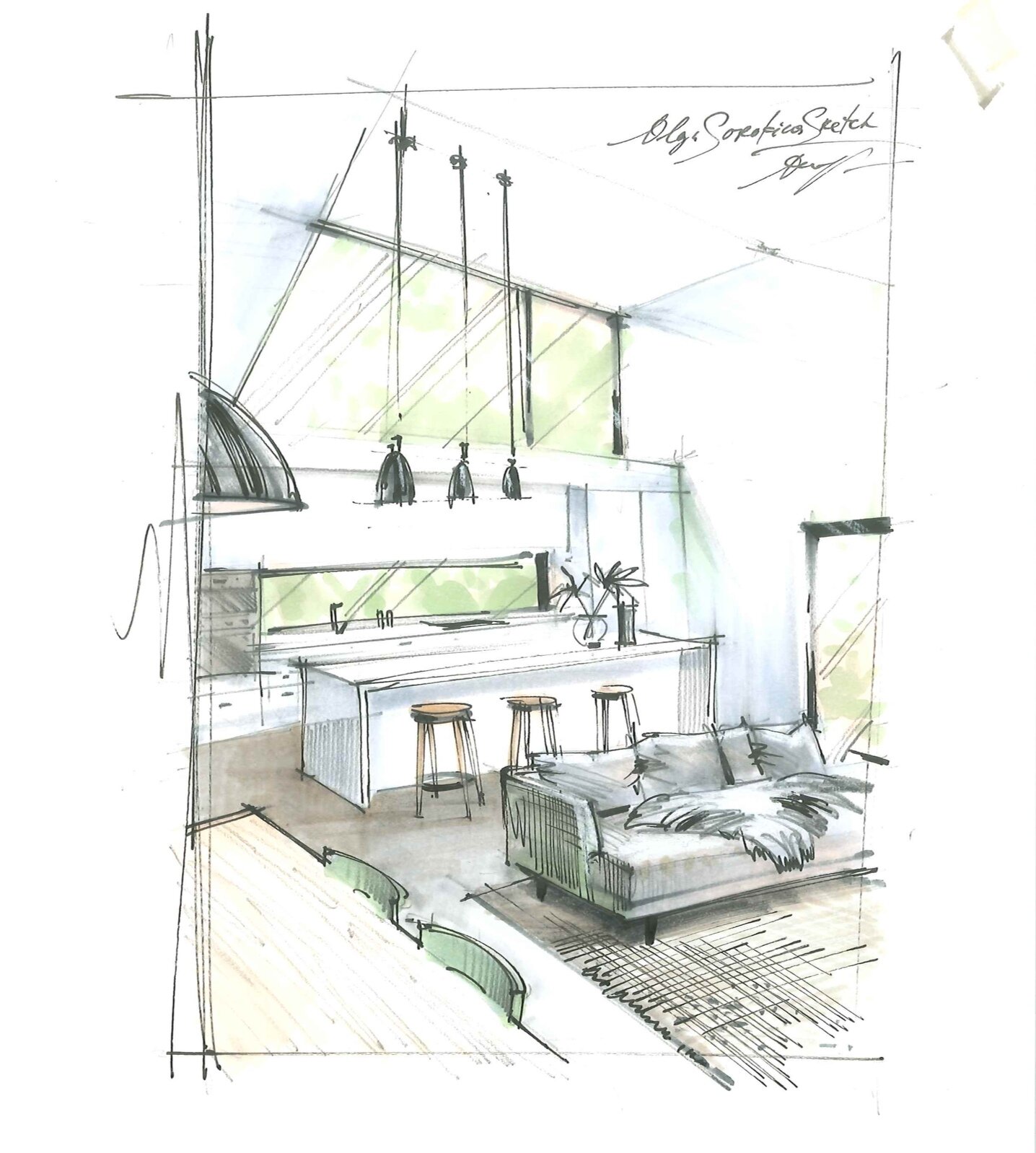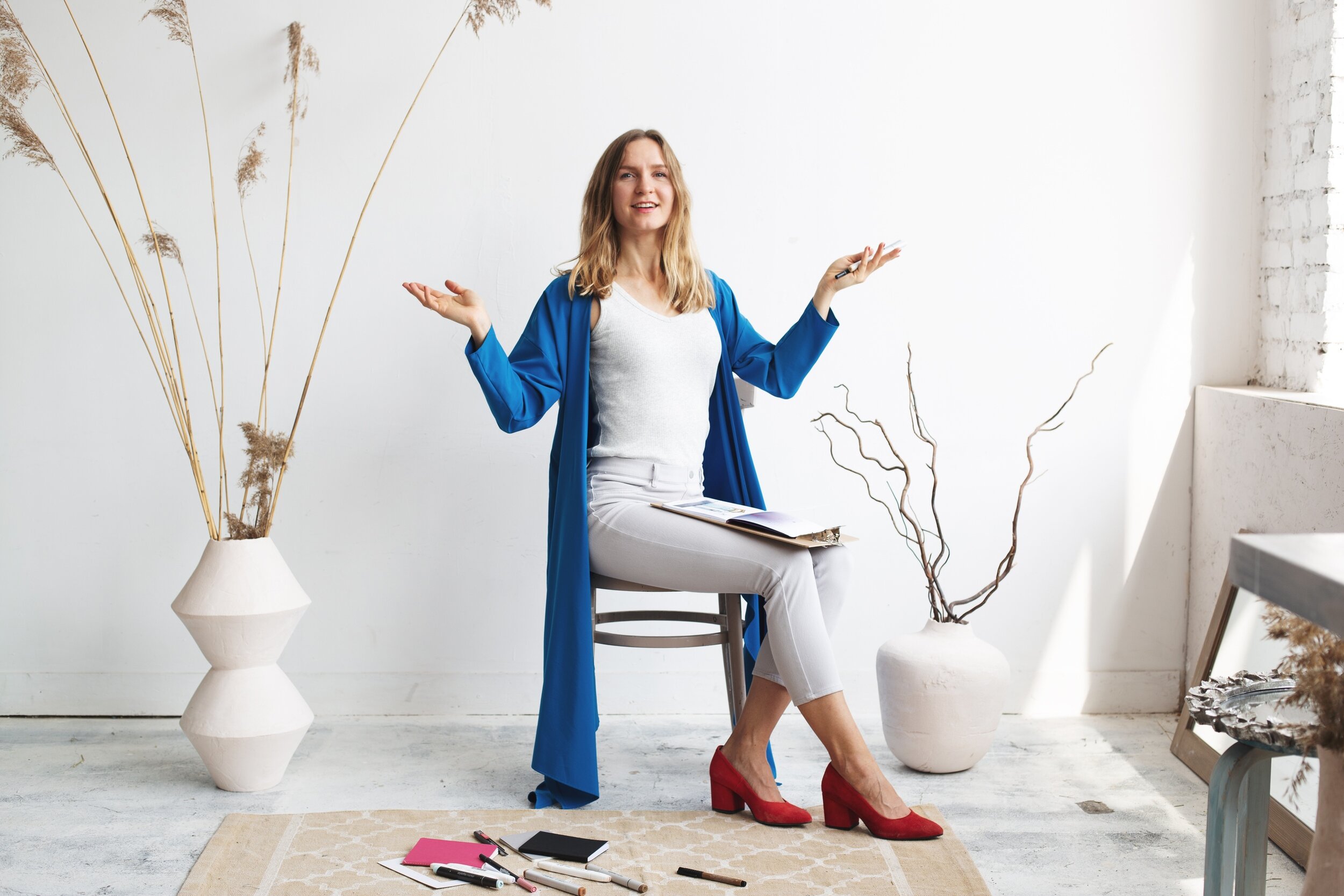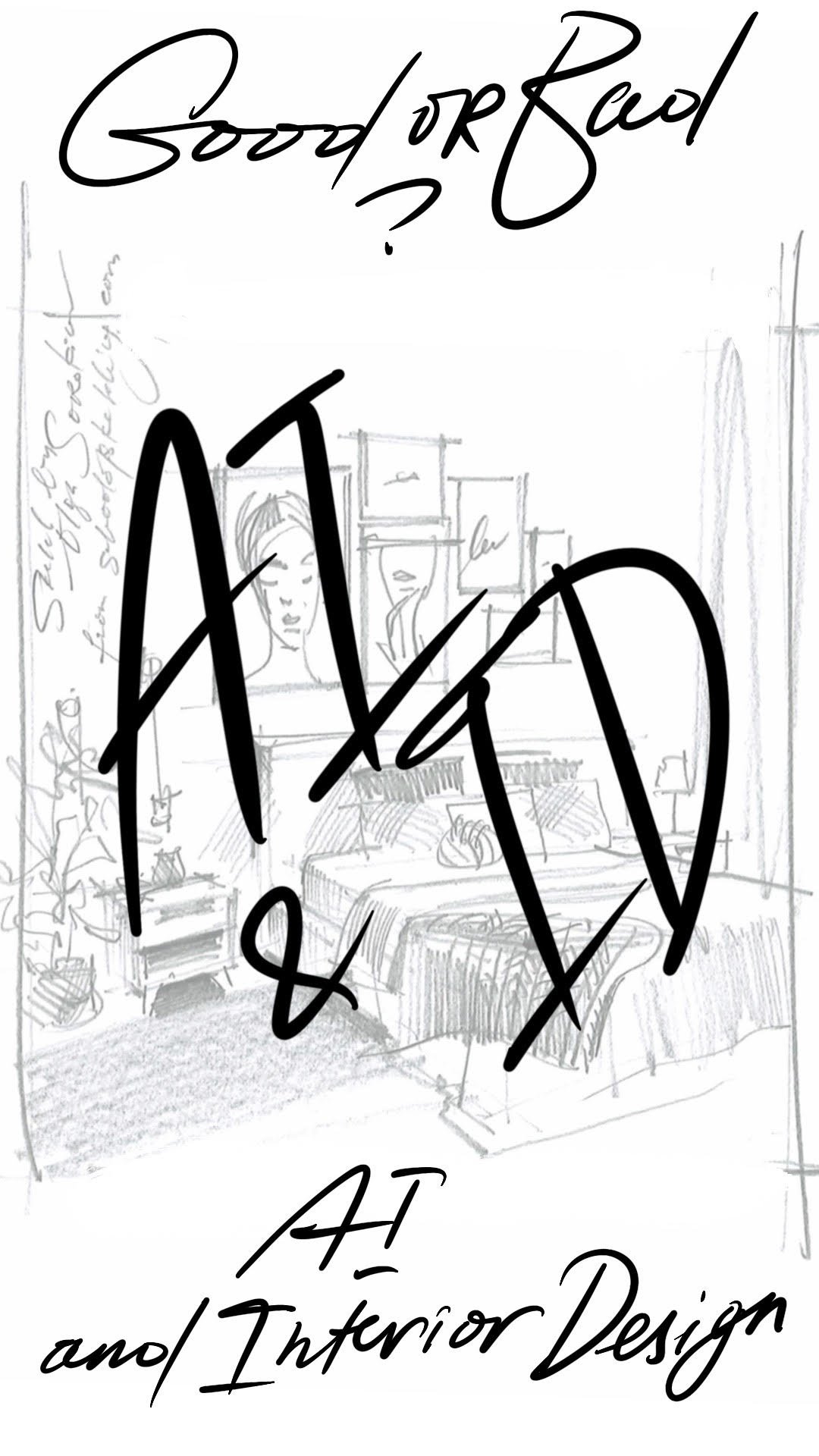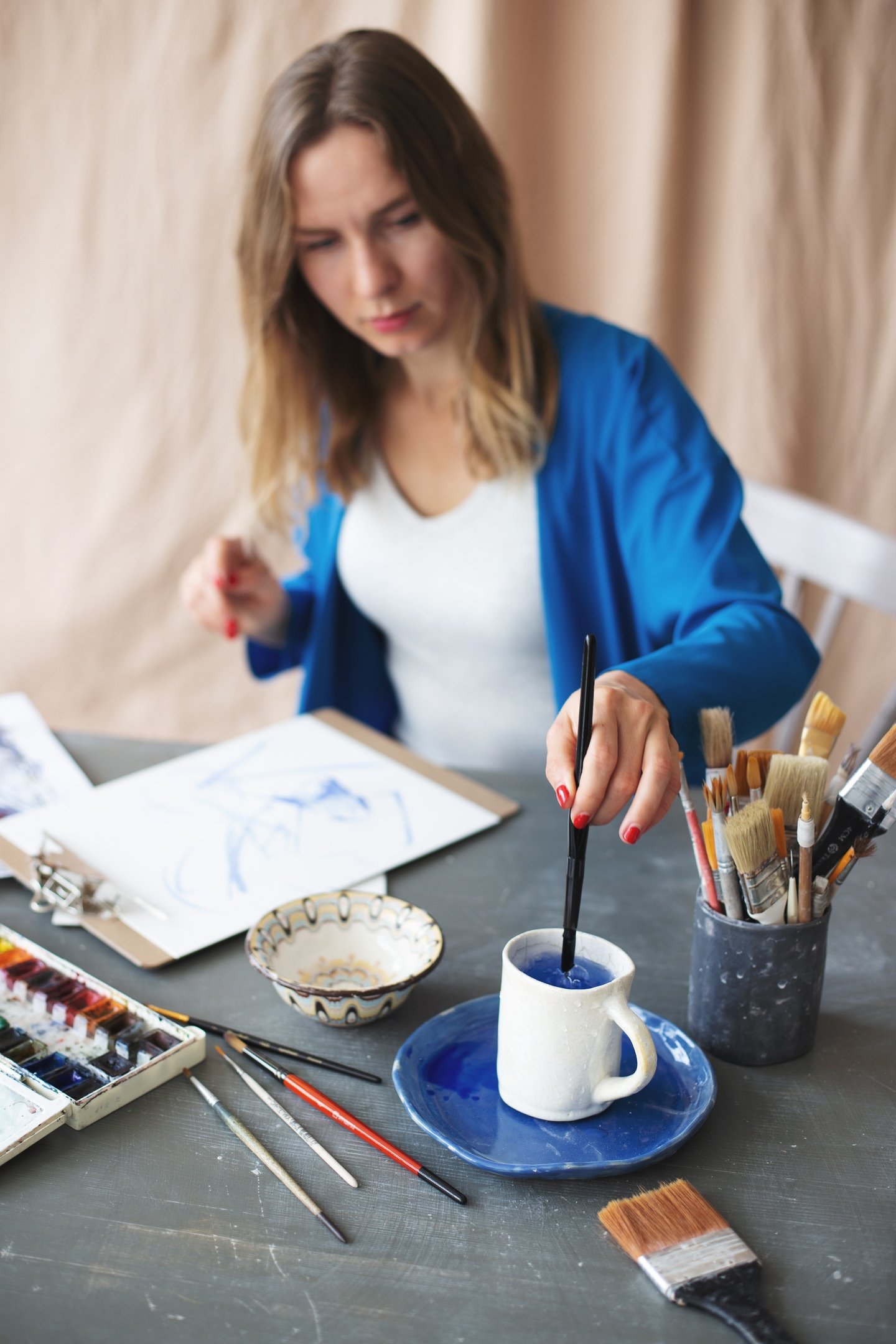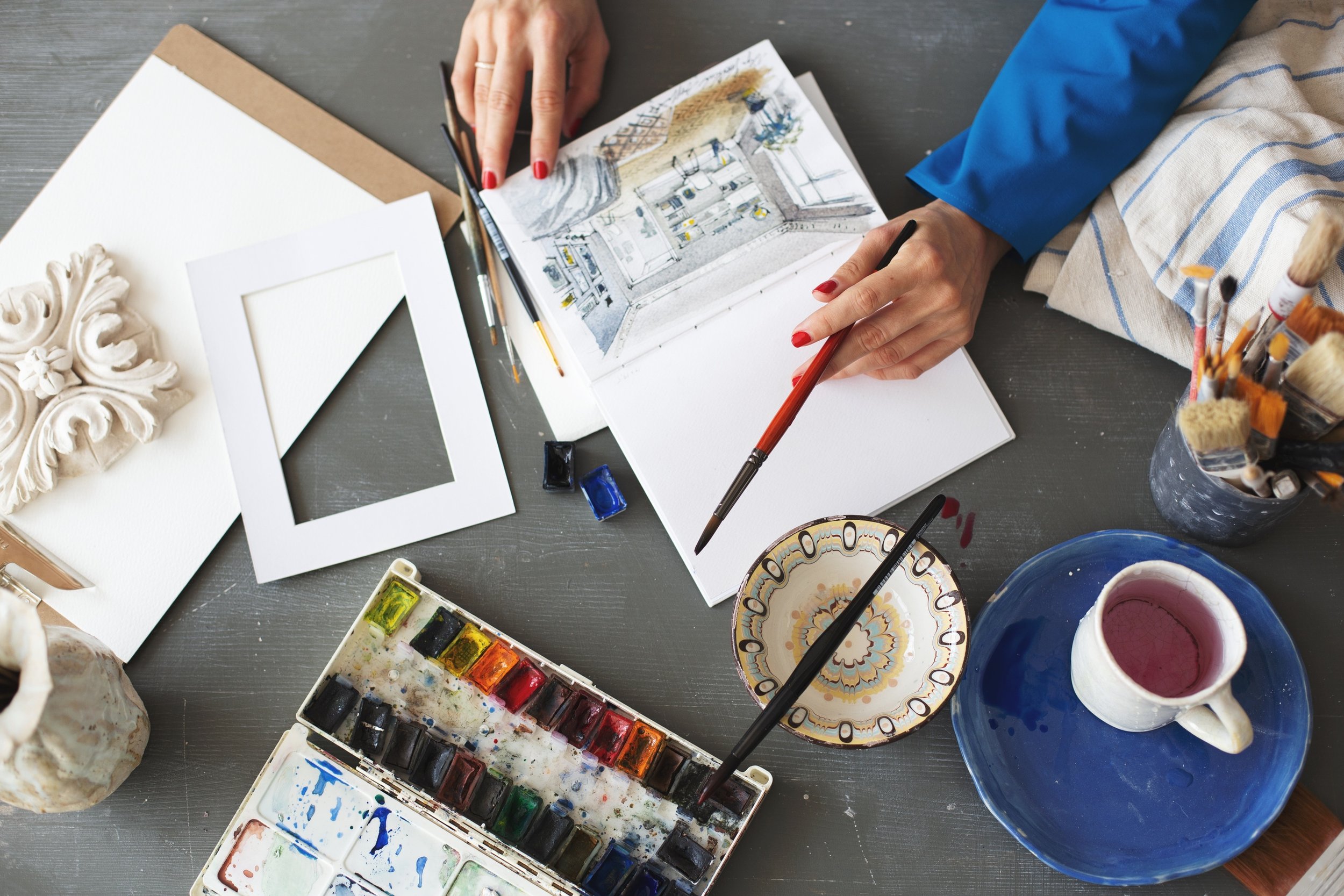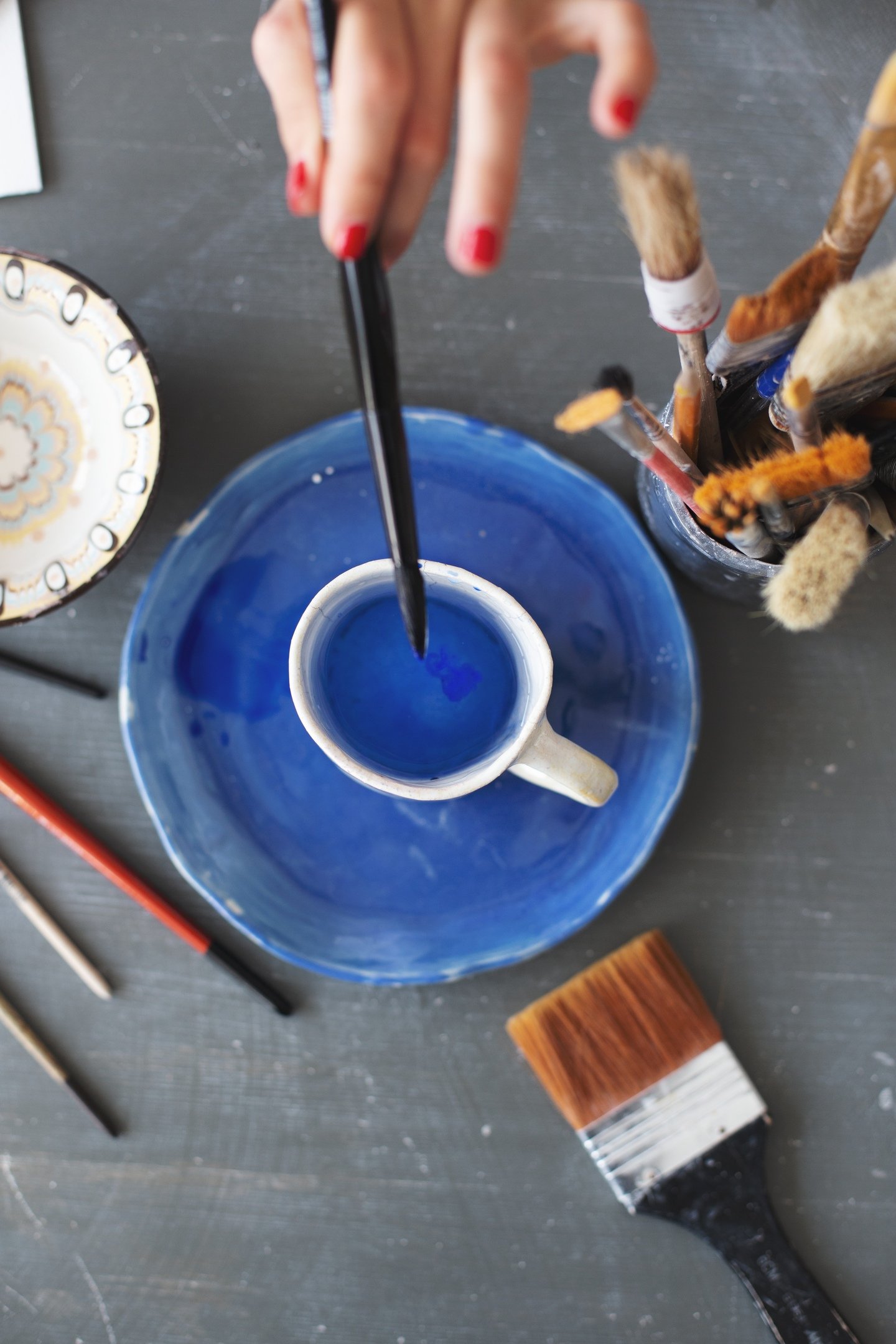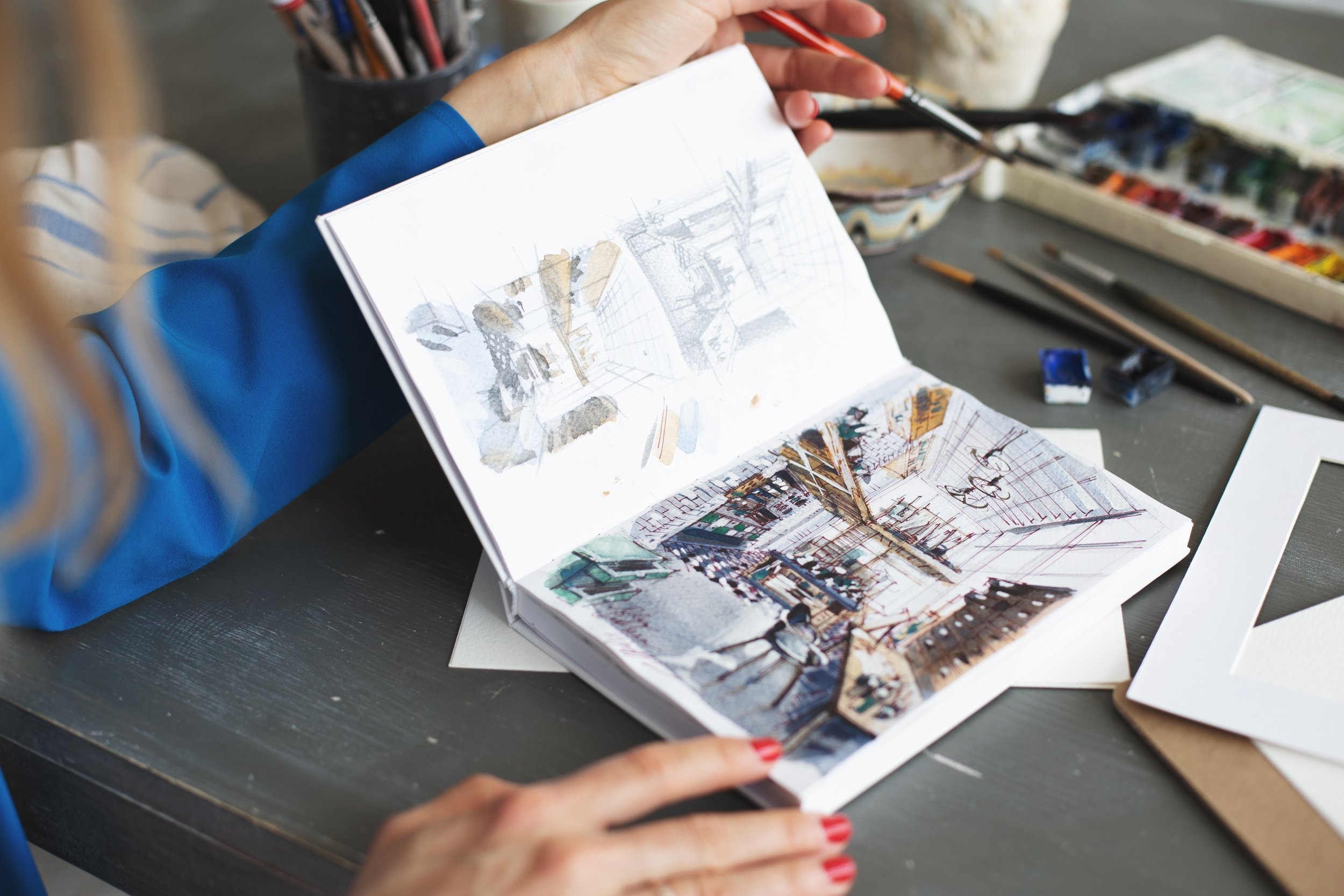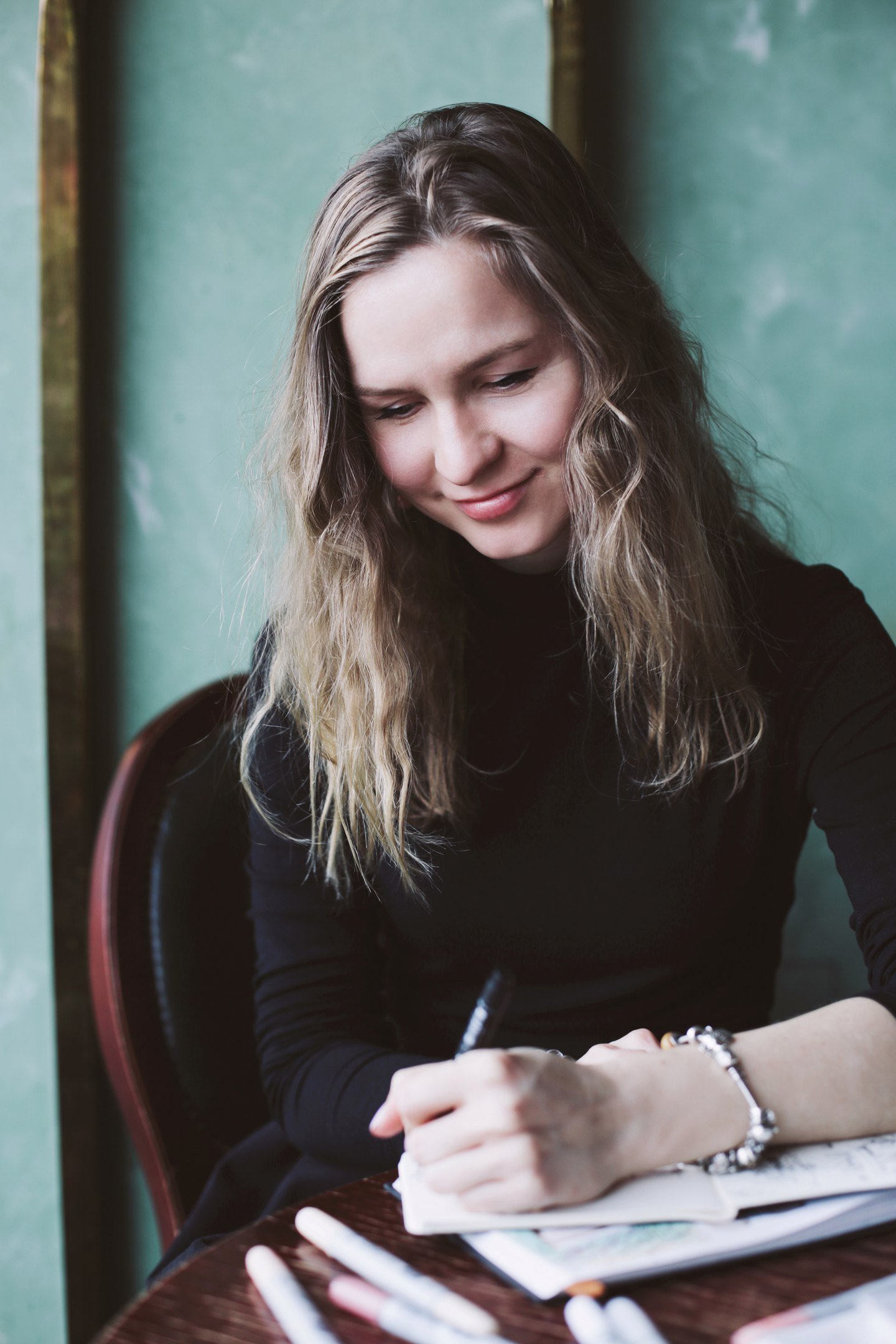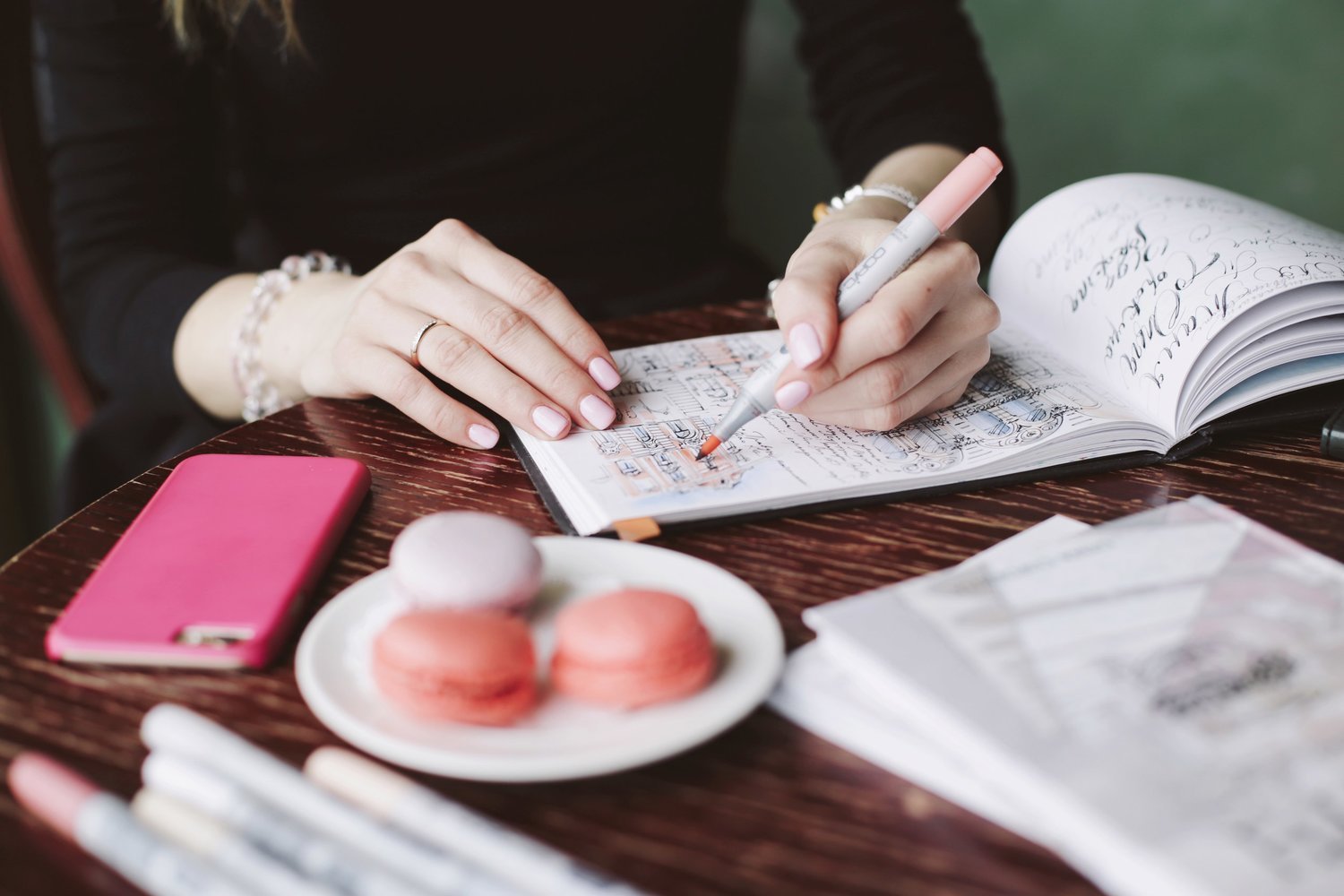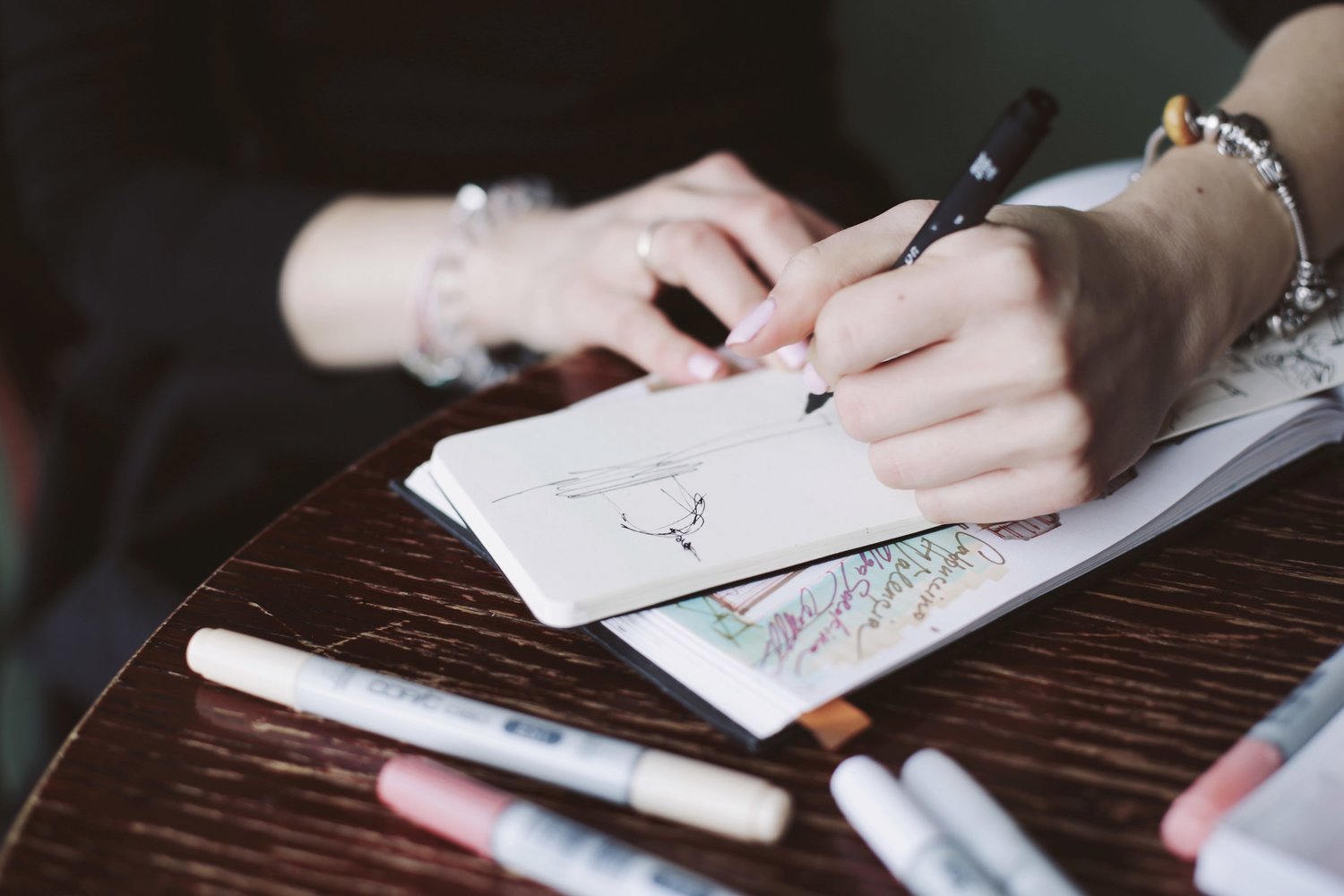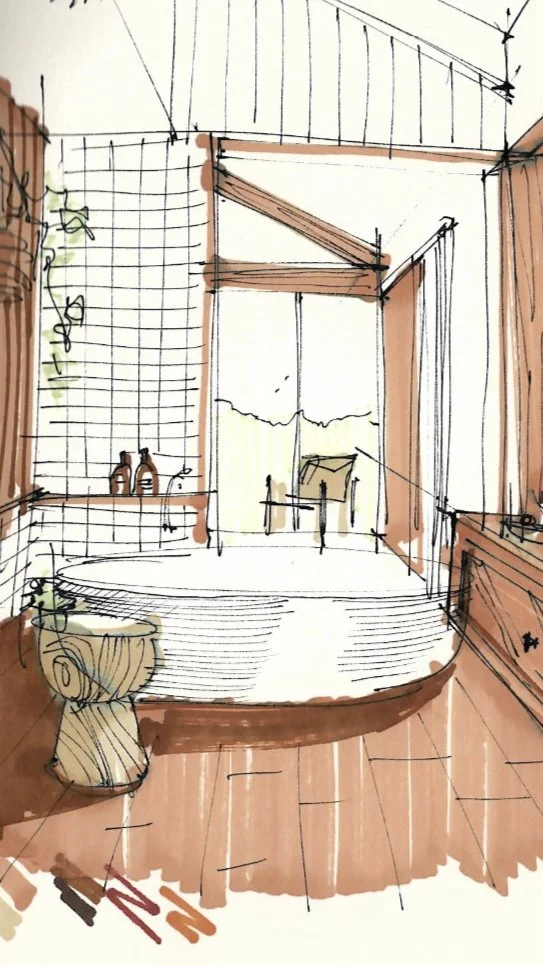With Christmas around the corner, here is my curated Christmas and New Year gift guide for Creatives…
Every December, I put together a curated Christmas collection: a thoughtful selection of gifts that reflect the values I treasure most in my creative life:
Quality · Style & Aesthetics · Timeless Design · Education
Some of the items in this guide already live in my studio and home. Others are part of my personal wish-list — things I’ve been eyeing for months because they’re truly useful, and beautiful. Together, they form a collection I genuinely stand behind: pieces that support creativity, elevate your space, and inspire you to sketch, learn, and create with more joy.
This curated list is designed for artists, designers, architects, illustrators, photographers, and creatives from all walks of life — anyone who loves drawing, learning, exploring new tools, and surrounding themselves with design-forward objects. I hope you discover something special for yourself or someone artistic in your life 🎄
Olga x
Sketchbooks, Sketchbooks, Sketchbooks…
Trust me, any artist will always be happy to receive a new sketchbook. You can never have too many of them — there’s always room for another one that feels beautiful, stylish, tactile, with paper that inspires you the moment you touch it.
From tiny A6 notebooks for quick location sketches to larger A4 formats for fully developed ideas. Tiny A6 sketchbooks are especially magical: small, light, and fitting right into your palm. If you want to sketch more often (especially on location) start with a little sketchbook. You’ll be amazed at how much more you draw, and how much more joy, presence, and creative awareness it brings into your everyday life. Here are a few of my favourites:
Here are a few I’ve curated for this season:
(Small) Moleskine Art Collection Pocket Sketchbook & Sketch Album: link (portrait), link (landscape)
(Medium size, Portrait) Moleskine Art Collection Sketchbook (in various colours): Link
(Medium, Landscape) Leuchtturm Sketchbook: Link
(Big one) Canson XL Mixed Media Pad (for markers, watercolour, all things drawing): Link
Books for Creative Minds
Books open new worlds and shape our visual thinking.
Art history, creativity, design, and artist monographs (a couple of book title ideas you can check in this article on my blog)
How about Harry Potter Box Set? The Complete Collection: here. You might also like this Golden Snitch bookmark: here
My book “The SKETCH. Interior Design Drawing” — used in universities worldwide. The perfect gift for interior designers who want to master perspective drawing. Here is the Amazon link, and a PDF book
Workspace & Desk Organization for Creatives
Because structure supports creativity:
Marker home/organizer — keeps everything visible, tidy, and easy to reach: example
Pencil case — always handy: example
Desk tech organizer — to keep that creative chaos a bit more tidy: example
An easel or portable easel — for studio work or plein-air adventures. Example of portable easel for plein airs
A big adjustable drawing table — perfect for sitting or standing during long sketching sessions: example
Fineliners & Inking Essentials
Classic, reliable tools that every artist will appreciate:
Art Supplies for Watercolour Artists
Well-chosen materials are the best kind of holiday cheer.
Here is one of my must-haves for this holiday season. If you love sketching on location, pleinairs, urban sketching, you will LOVE it:
Winsor & Newton Pocket Box — lightweight, travel-friendly, and ideal for plein-air and urban sketching. Includes a handy travel brush: Link
Hahnemühle Watercolour Sketchbook — with good quality 300 g/m2 paper, one of my long-time favourites; I’m ordering a few more for myself: Link
Escoda Ultimo Brush, Size 10 — my trusted round brush for travel sketching. Soft, responsive, and beautifully made: Link
Escoda Short-Handled Watercolour Brush Set — for those who take on-location sketching seriously. Comes in a stunning canvas case: Link
Tools & Creative Memberships
For the tech-savvy creative:
iPad accessories — if you love drawing on an iPad, consider ProBundle from Paperlike. It is the original matte screen protector for creators that feels like you're using real paper when drawing with your Apple Pencil.
Marker sets — I share my favourite marker sets in this article on my blog: here
Memberships — Skillshare or Domestika, creative platform where you can learn new great skills
Online courses — perspective drawing, interior sketching with markers “BASE“, fashion illustration, Procreate, you name it (in my Online School of Sketching you can get a course as a gift option). If you need help choosing the right course, email me at olga@schoolofsketching.com
Simple, Thoughtful Gifts
Sometimes the little things are the most meaningful:
A gift card to your local or online art supply shop
A museum shop card
Skandinavisk “Hygge” mini candle — my absolute favourite, a cozy Scandinavian scent with notes of black tea, mint, dried apples, and baked cinnamon: link
Roost V3 Laptop Stand — Link, recommended to me years ago by a graphic designer in an Auckland coworking space; it truly improved my posture. And after completing my yoga teacher training, I value it even more for long creative laptop sessions
Skin Care for Creatives (My La Roche-Posay Favorites) — a duo I love for December-February studio days:
Lipikar AP+ Triple Repair Cream — for deeply nourishing hands and body: link, and
Thermal Spring Water Mist — to soothe and hydrate skin (and tired eyes) after long hours at the computer: linkTickets to The Nutcracker — a beautiful, timeless holiday classic and a magical experience for any art lover…
Final Notes
As an Amazon Associate, I earn a small commission from qualifying purchases — at no extra cost to you. Thank you for supporting my work and the School of Sketching!
If you found this guide helpful, please share it on your social media — it helps my creative business grow, and I appreciate it deeply.
🍸 BONUS: Christmas Martini Card — Live Zoom Replay
Watch on my YouTube: here
Early Merry Christmas and Happy New Year! Let this holiday season be filled with creativity and joy for you and yours!
Olga Sorokina xoxo
